Day-Hike Pack List
Knowing what to bring when heading out for a day’s adventure can seem daunting when we first start getting into the world of hiking, so I’ve put together a pack list of essentials (and nice to haves!) for your summer outings. Come hike with me!
Rucksack
First off, your carrying companion. Generally, a 30-litre backpack is plenty big for a day out on the hills. At the moment I’m using the Lowe Alpine Women’s Altus 40-litre. This is a fantastic backpack for all sorts of mountain trekking, short overnight stays, and even light alpinism. While this bag is a bit bigger than what you would typically need for a day hike, it’s comfortable, well ventilated and comes with an array of features including hydration compatibility and hiking pole straps. My collection of teel/green backpacks has been growing at an alarming pace so I can’t justify another purchase quite yet. That said, if you are in the market for a new day pack, I recommend checking out Osprey’s classic Talon range, in either 26 or 33-litres.

Pictured left to right: Osprey Talon 33, Osprey Skimmer 28, Lowe Alpine Altus 40.
Accessories
Hiking Poles
Controversial as the hiking pole debate may be, there certainly is a time and place for them. Admittedly, I had never really considered bringing poles along until recently. I have been testing out a pair of Leki ‘Journey Superstrong’ for the last few weeks in France. As the name suggests, this is an incredibly durable and strong set of poles, and worthy of the kit list for those planning to hike on steep, uneven ground. They have been great for maintaining balance and stability whilst moving downhill on scree, and are also helpful for improving posture and reducing stress on joints.
Hydration System
Staying hydrated throughout a hike is incredibly important. How much water you bring along depends very much on how long you plan on being on the go, how strenuous the exercise is, and how hot temperatures might get. Generally, I aim to carry about 3 litres with me if it’s going to be a long day. Honestly, I’m not the best at following my own advice here. Often I find myself forgetting to drink or avoiding too many water breaks because of how awkward it is to drink and walk.
I have, however, finally bought myself a Platypus 2L water bladder. You can get these in a range of sizes and they seriously do make a difference. They provide incredibly easy-access hydration throughout the day. For me, the best part is that you can take small and consistent sips as you go without driving yourself to dehydration before the next water break. These are by no means a must-have but they are definitely a new favourite of mine.

Navigation
As with any outdoor adventure, safety should always come as top priority. Make sure to pack your map and compass (along with the knowledge to use them!) and run through a rough idea of how long the route is going to take you. Normally I will throw in an emergency head torch just to be sure. Something like the Petzl Tactikka is a great, reliable addition to your pack.
Footwear
Footwear will often be determined by the time of year and landscape. Deciding between hiking shoes or boots will depend on your own preference but I tend to go between my Merrell Moab Speed shoes for warmer weather (check out my review of these on the blog page) and my Scarpa Trek leather boots for uneven or muddy terrain.
No good shoe is complete without an equally good quality sock to go along with it. This is where merino wool hiking socks, such as Bridgedale or Smartwool, come into their own. There is nothing worse than a walk in the hills being interrupted by the increasing presence of blisters and chafing. Merino wool socks are made from a blend of high-quality wool and synthetic fibres, allowing for effective temperature regulation, anti-blister technology and moisture-wicking. Investing in the right pair of socks really will add all the more enjoyment to your trip.

Smart Layering System
Learning to layer efficiently is a key skill that is always better approached by erring on the side of caution! You’re going to want a pair of light, stretchy, hiking pants that don’t restrict your movement as you go. Grab a pair of zip-offs for summer when the sun is out in full blast. The main thing here is to try and avoid cotton clothing as it retains water and sweat, taking ages to dry out again meaning you are running the risk of getting chills once you stop moving. A synthetic or moisture-wicking t-shirt can act as a base layer in summer and add in a fleece as a mid-layer piece when things cool down.
A warm puffy and lightweight waterproof jacket are always good to have in your pack, especially as the weather can be particularly unpredictable in the mountains. I am a big fan of Rab’s series of down jackets, they are lightweight, and pack down nicely in their very own little stuff sack! They're fantastic at keeping the heat in, though require care when it comes to washing, as with all down products.
Snacks
It should go without saying that snacks are an essential item on the packing list. I usually opt for stuffing in as many nutbars as I can fit along with a lunchbox full of carbs and protein for fueling the day's escapades!
By AnnaMai McDermott




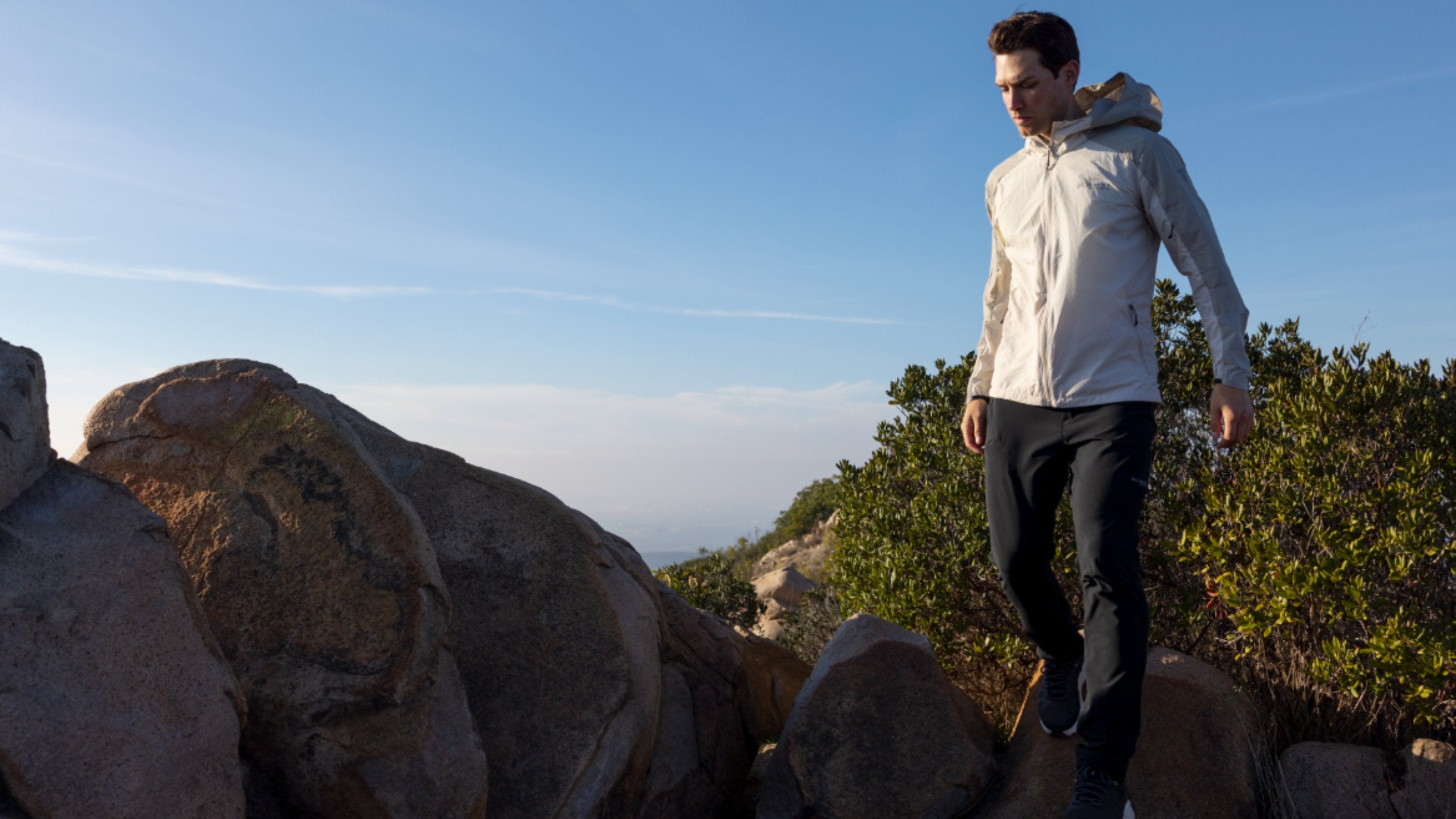
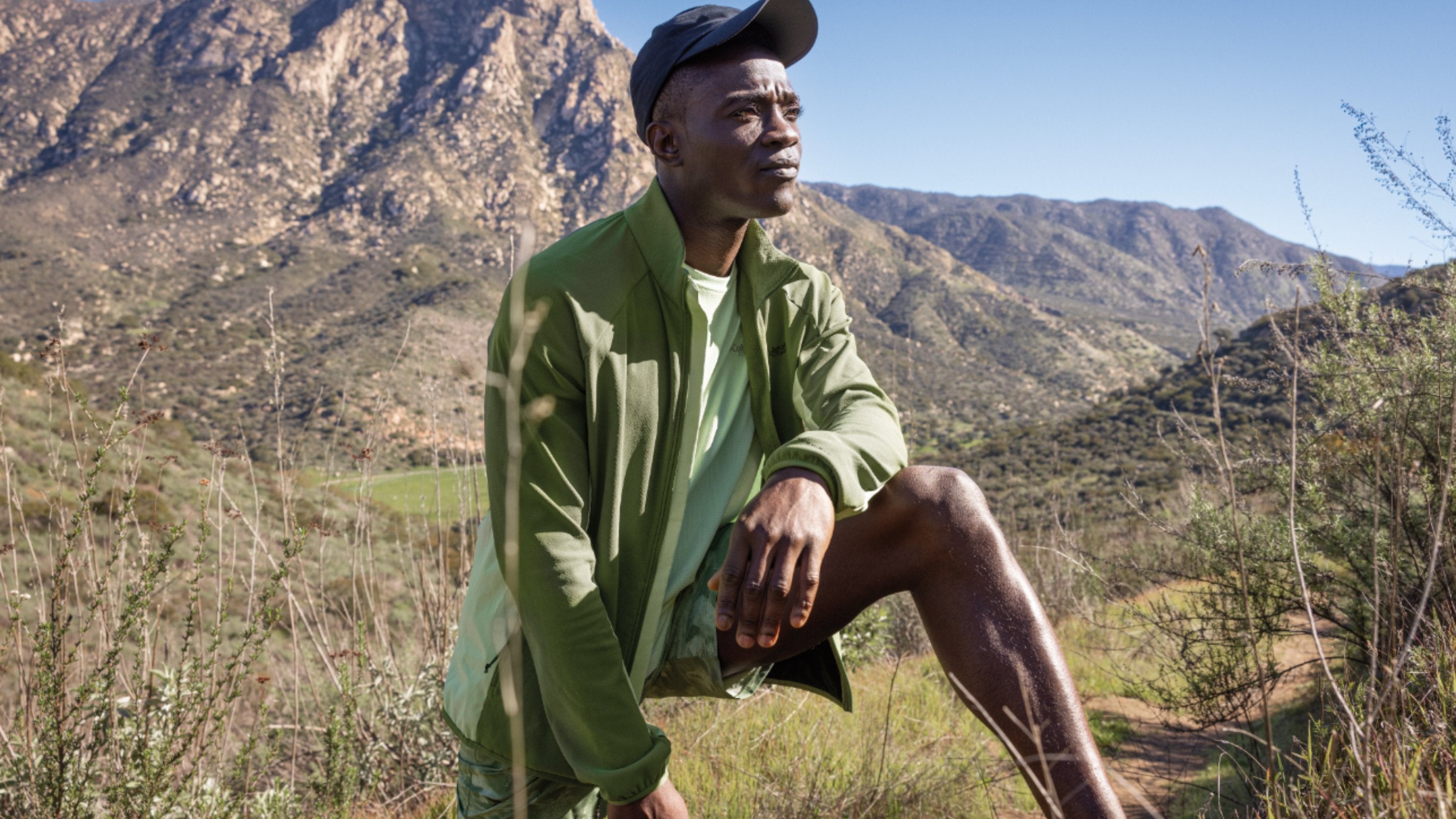
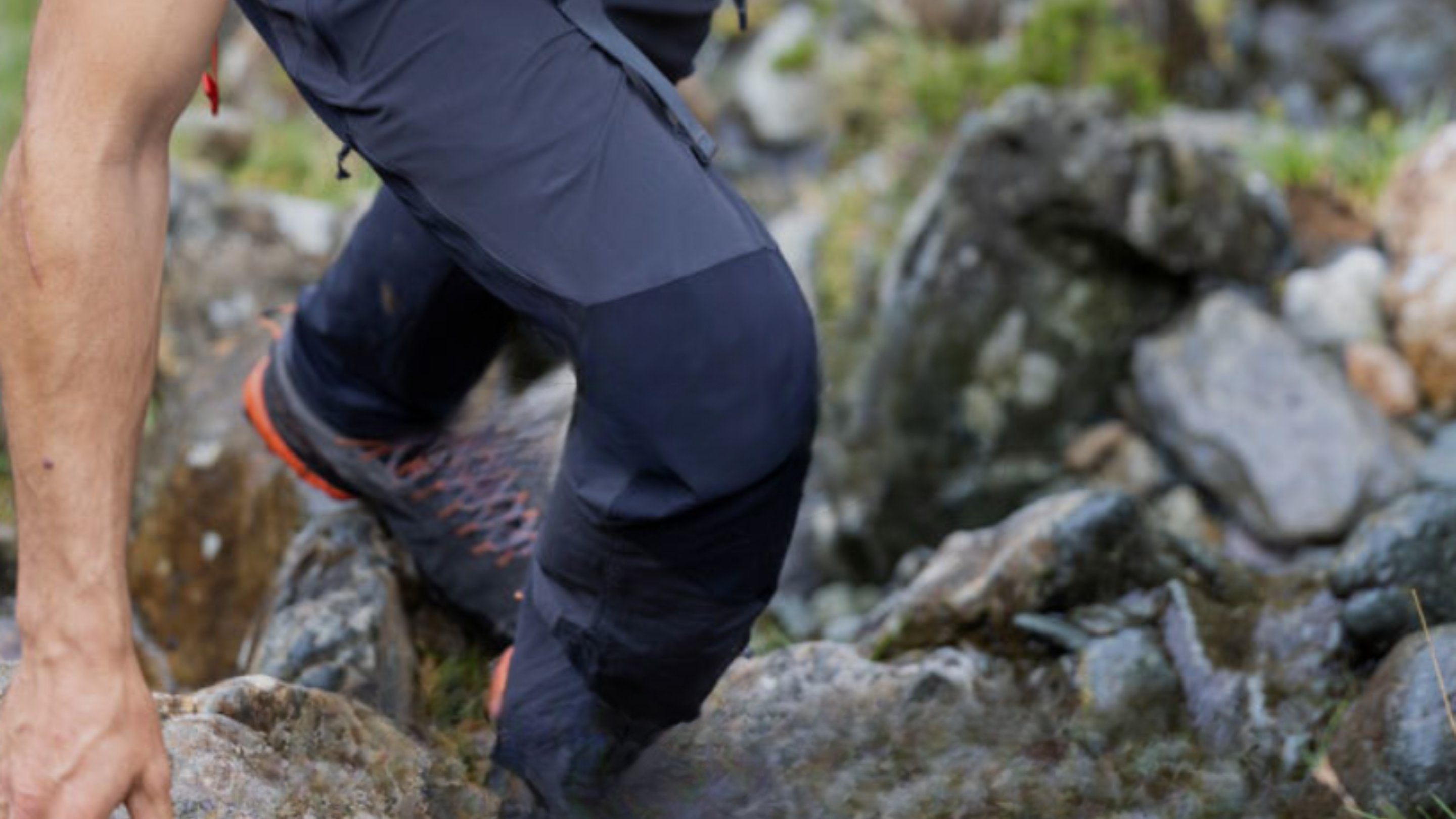
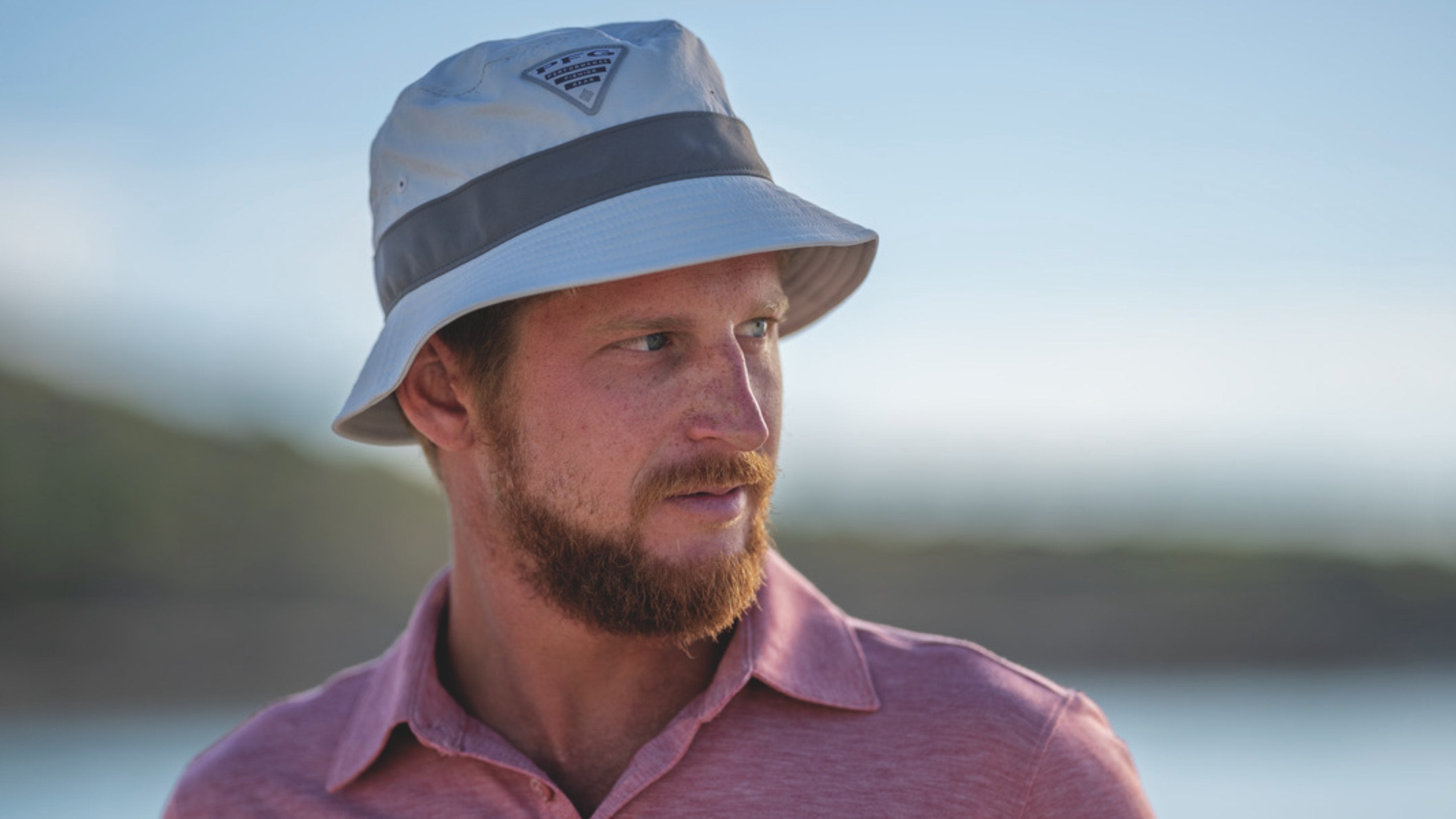
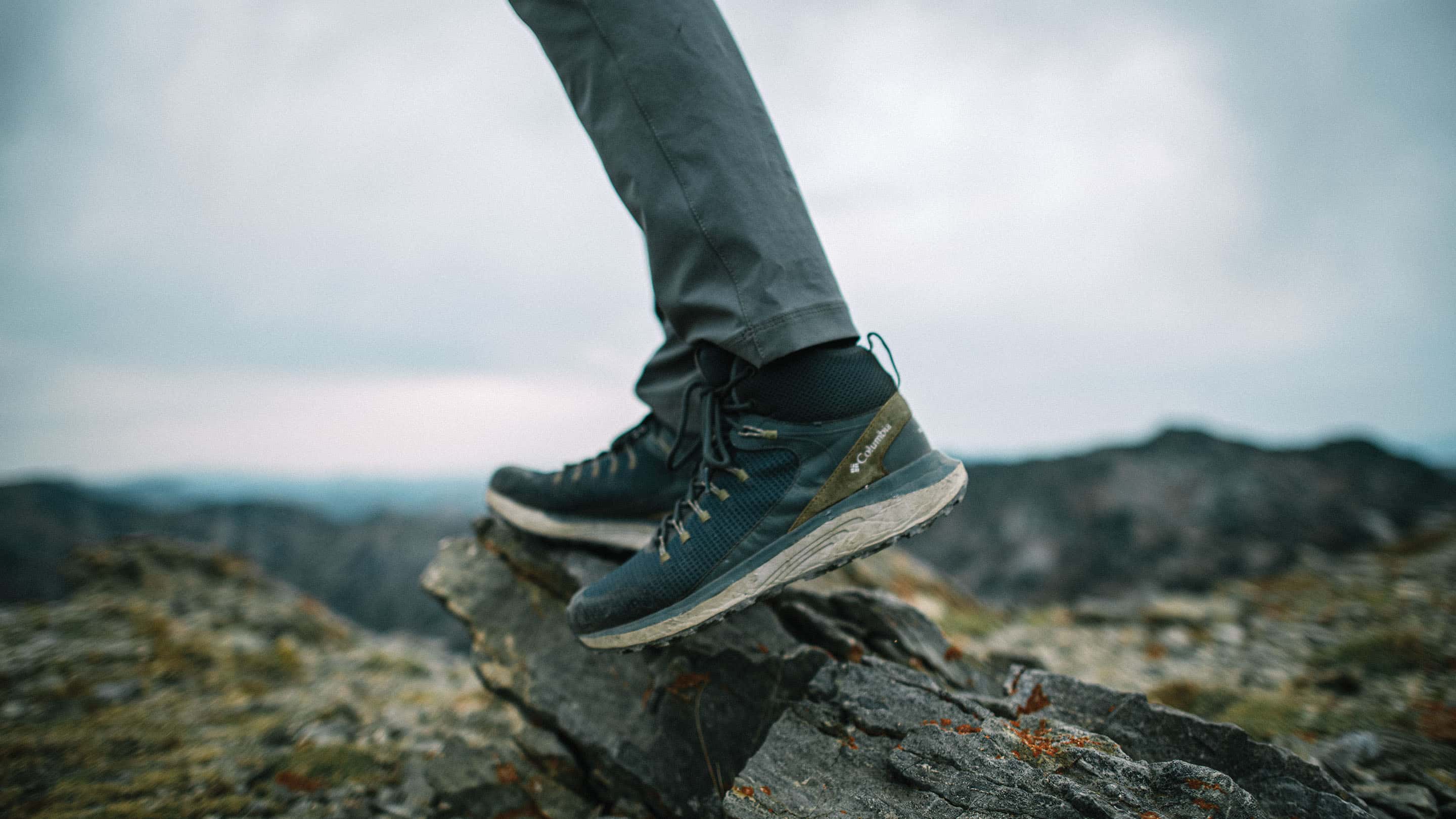
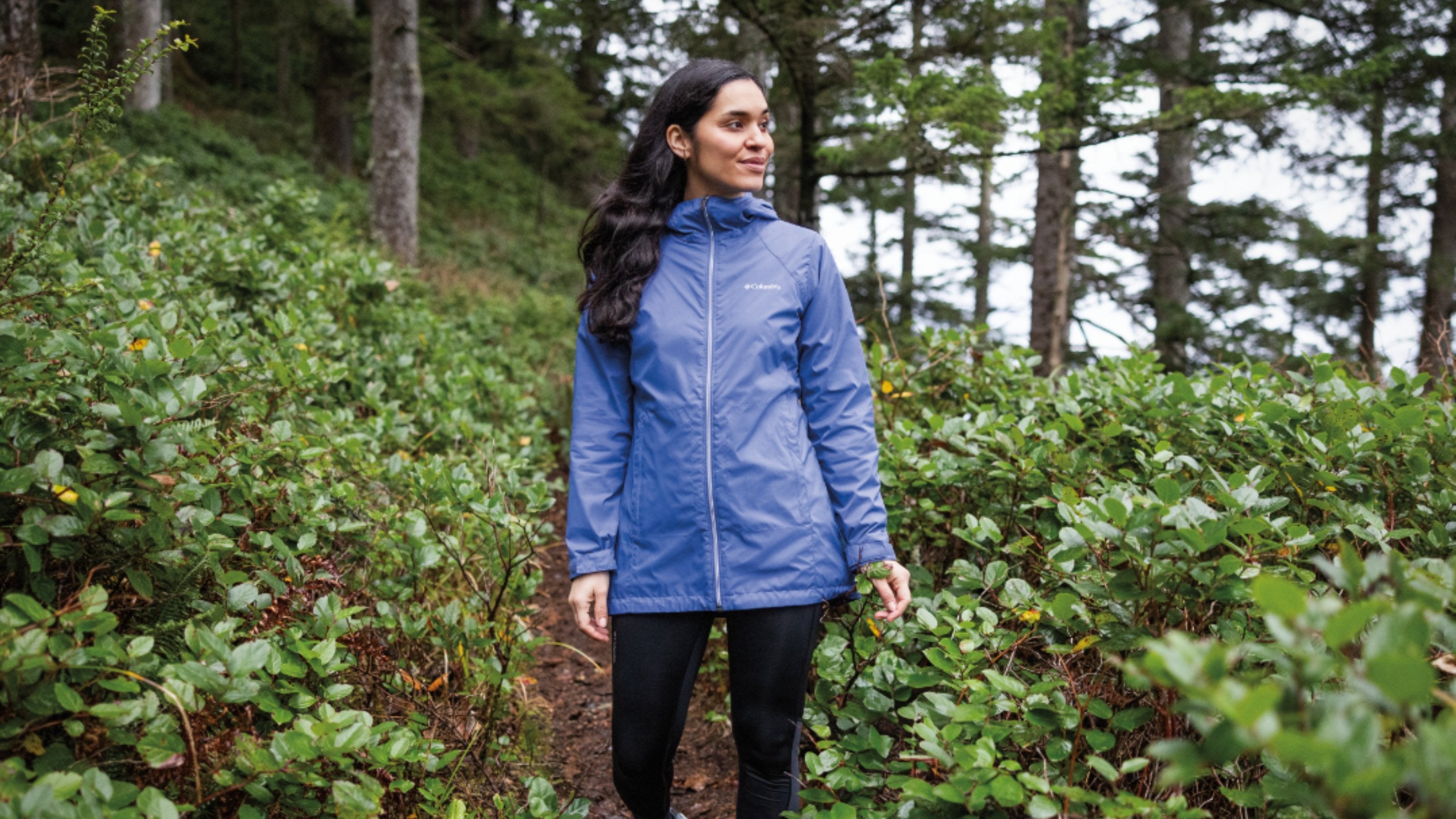
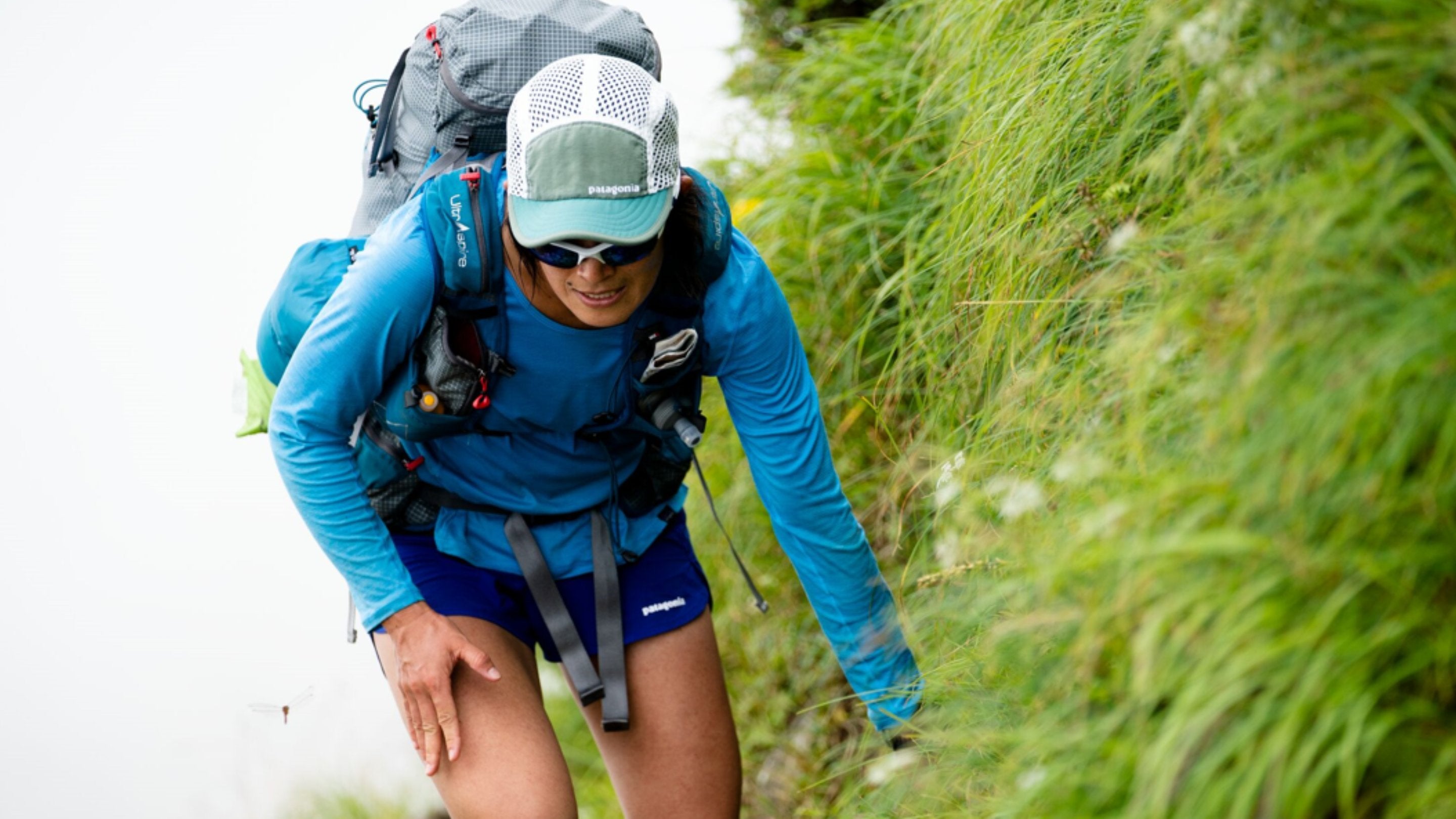
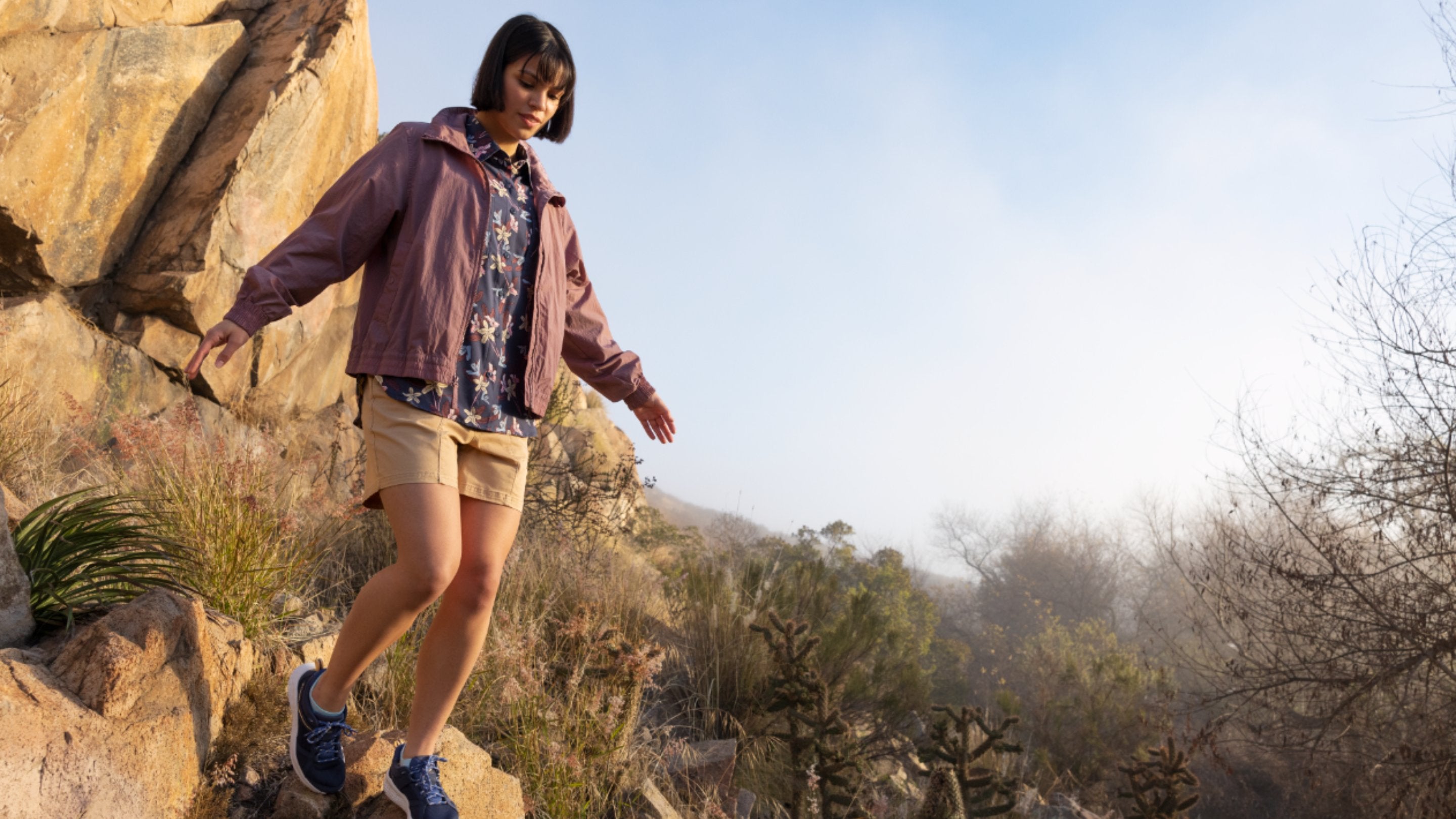
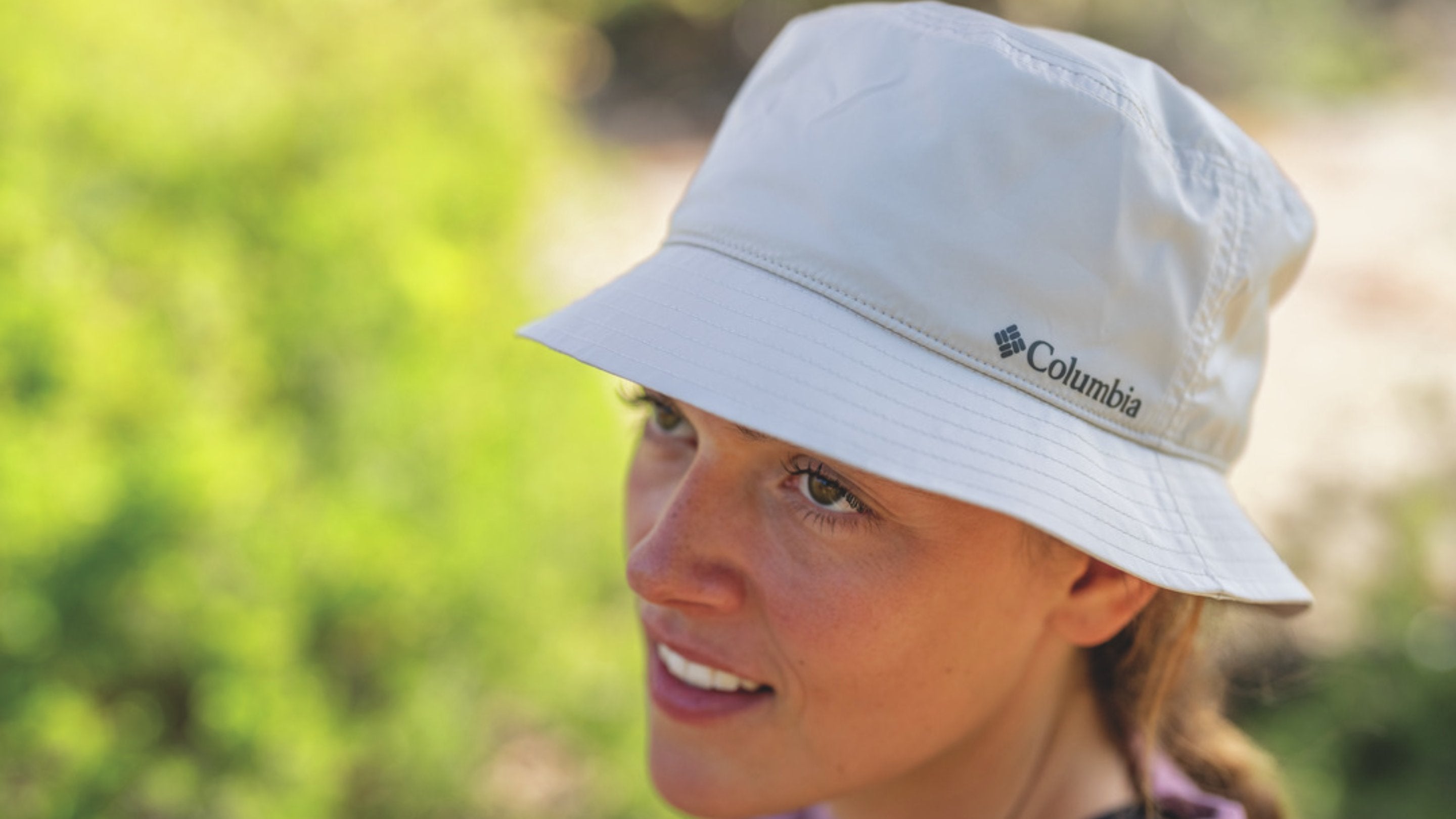
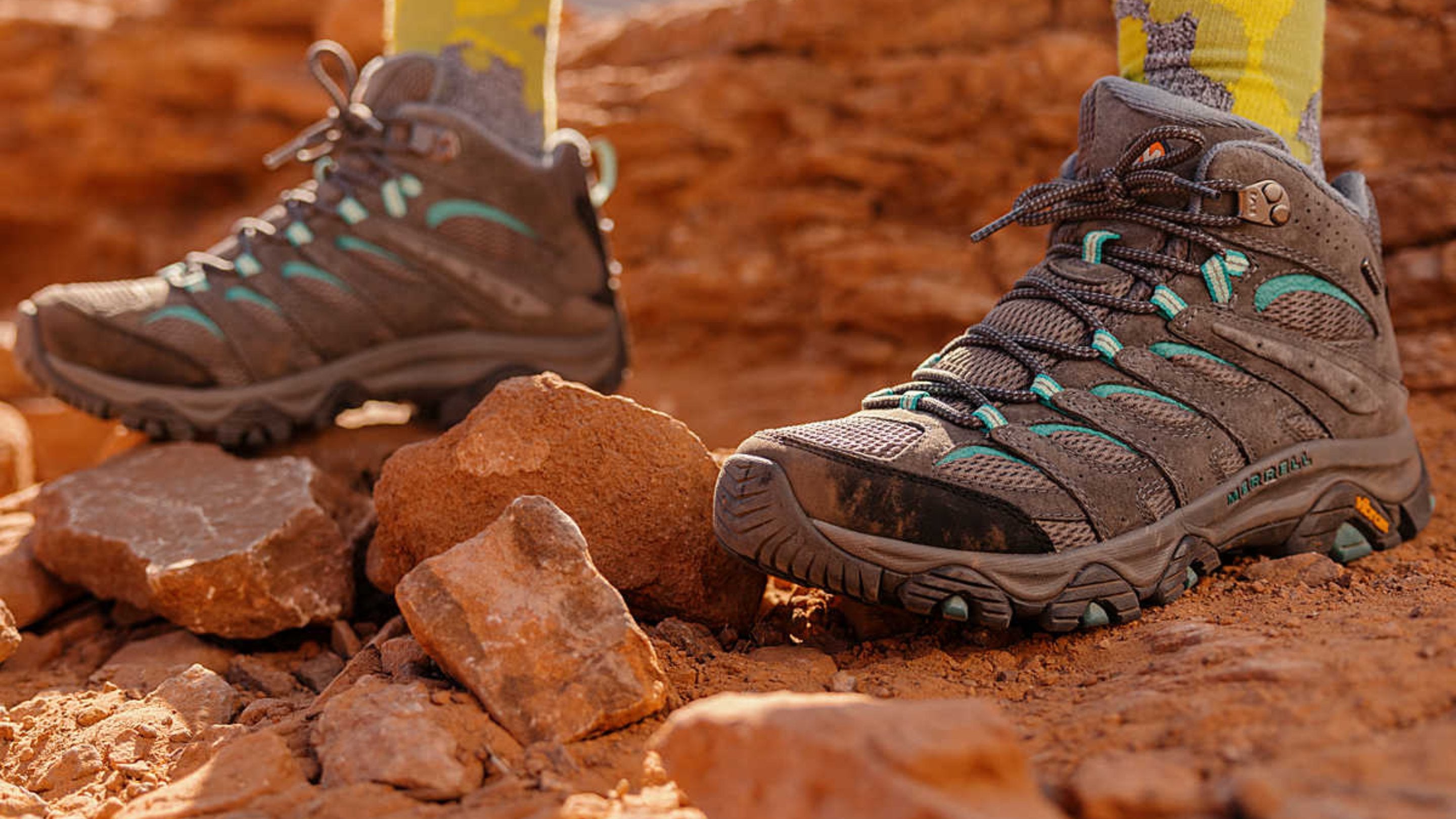
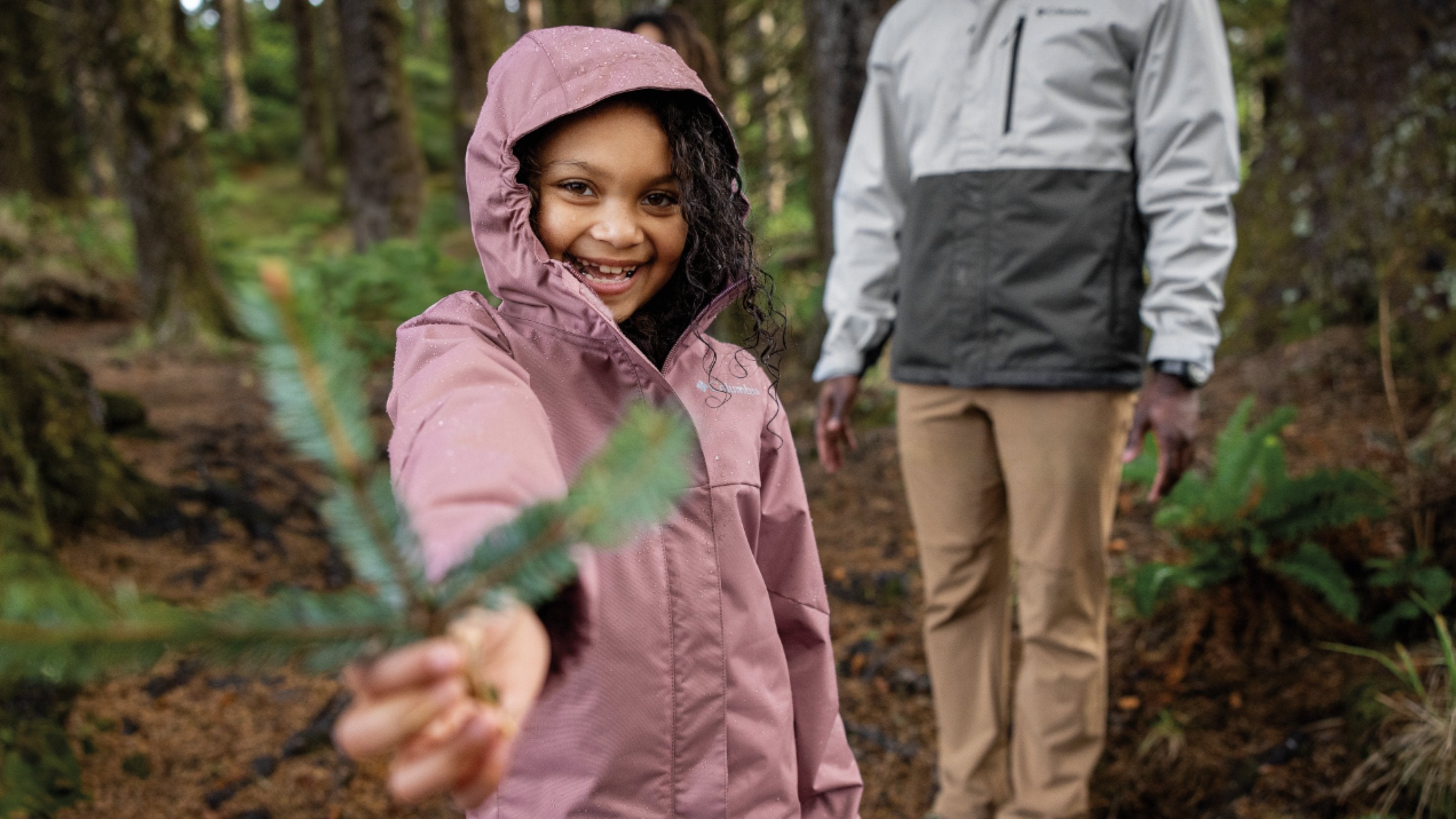
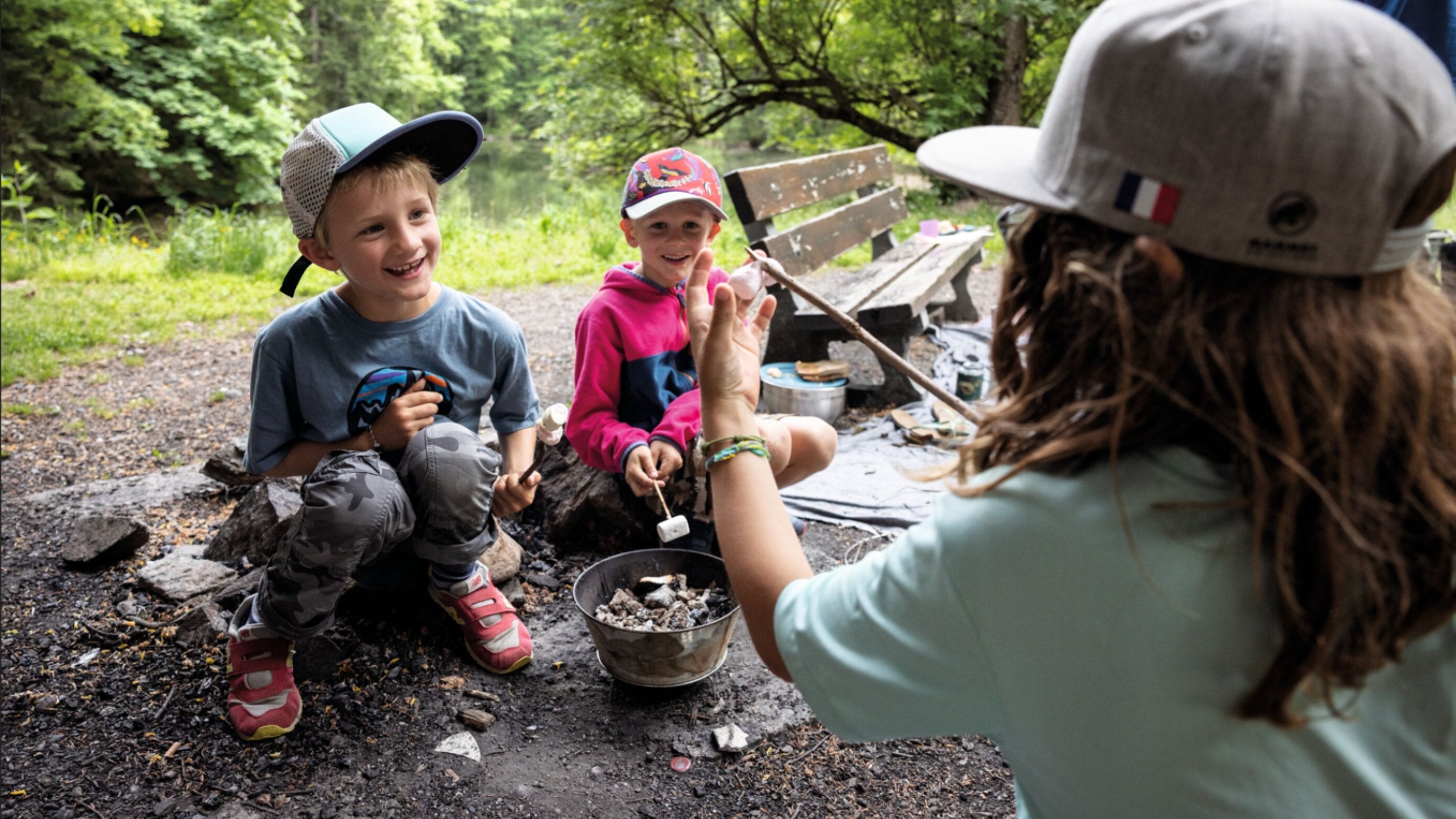
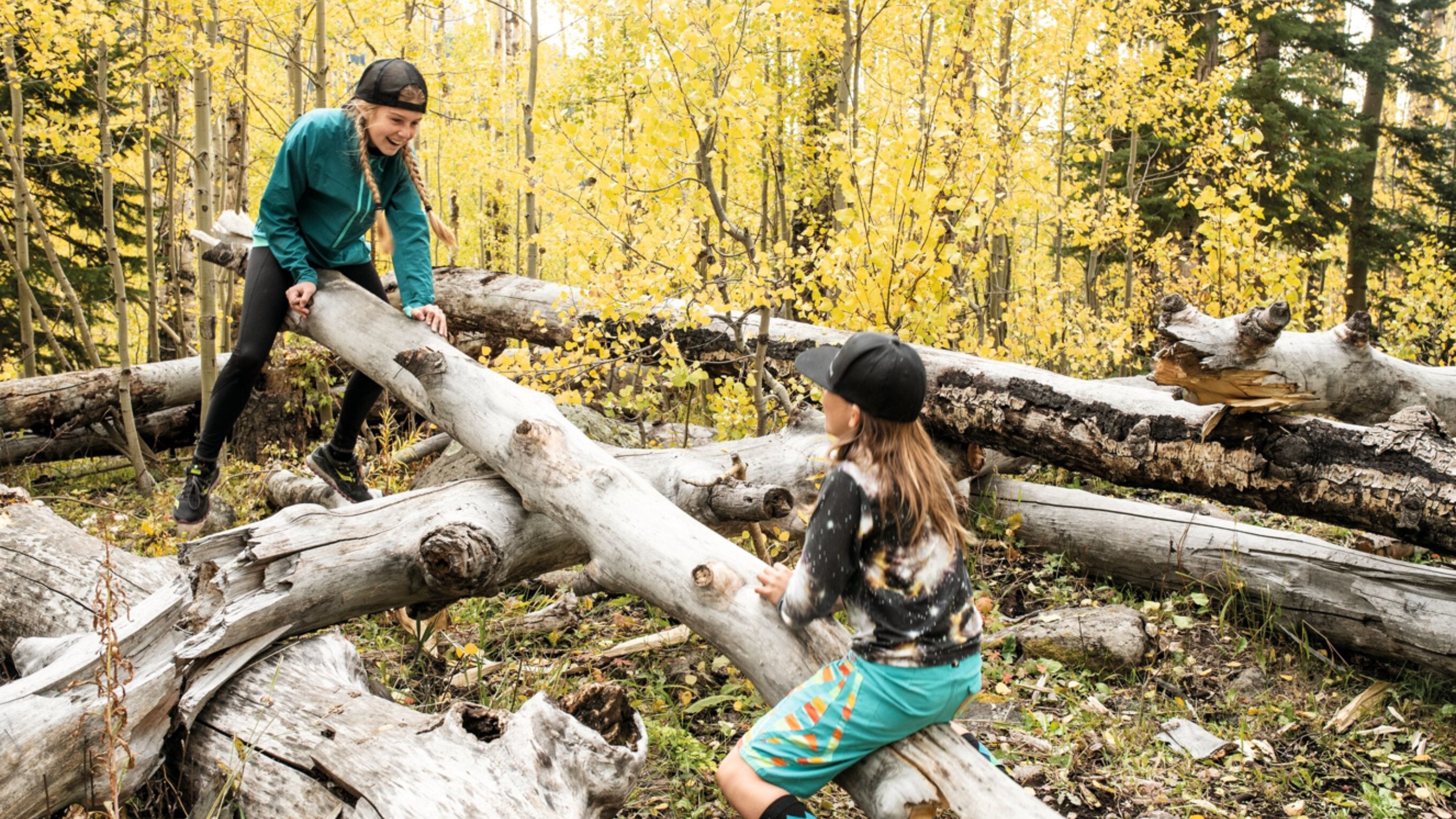
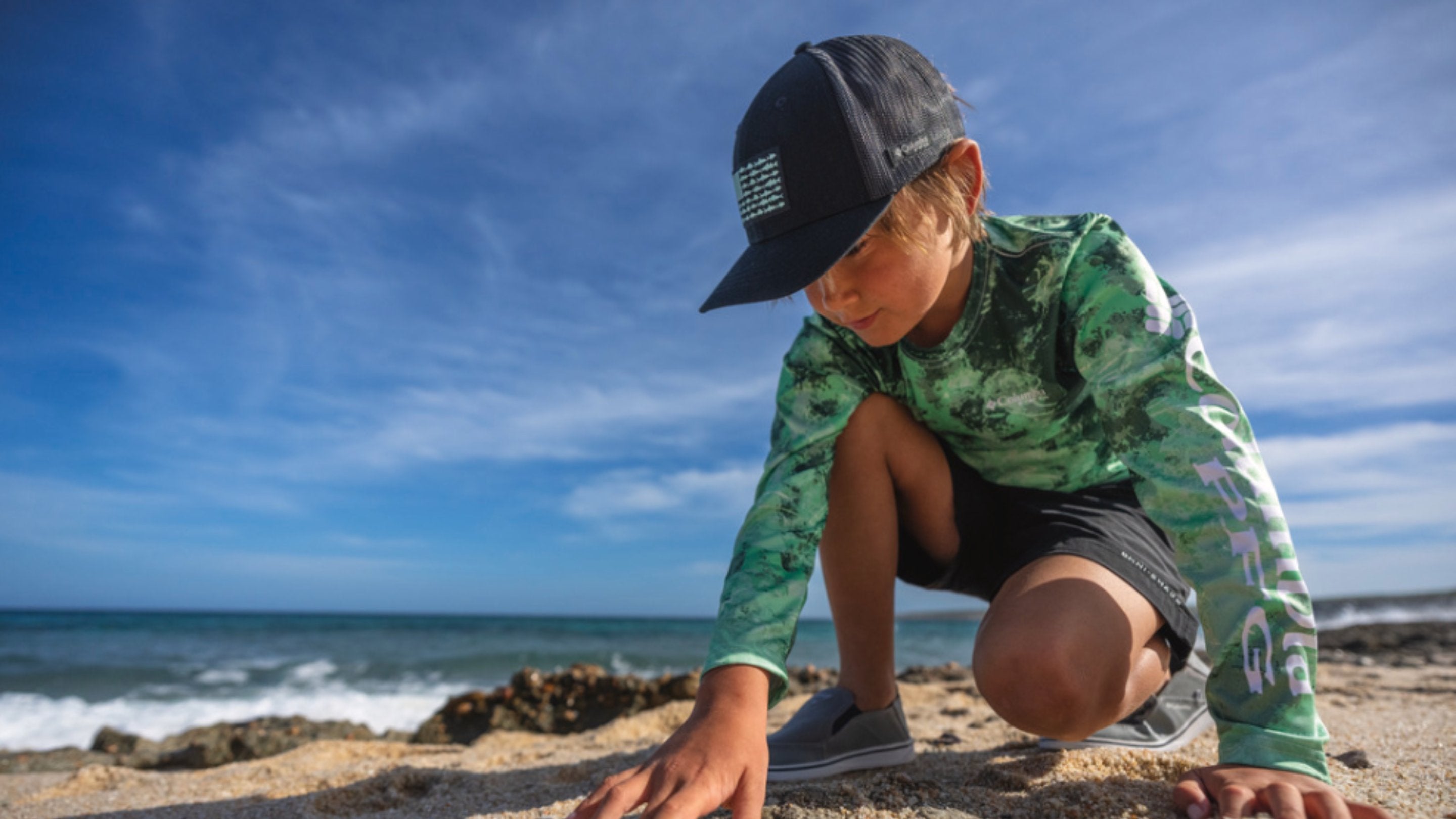
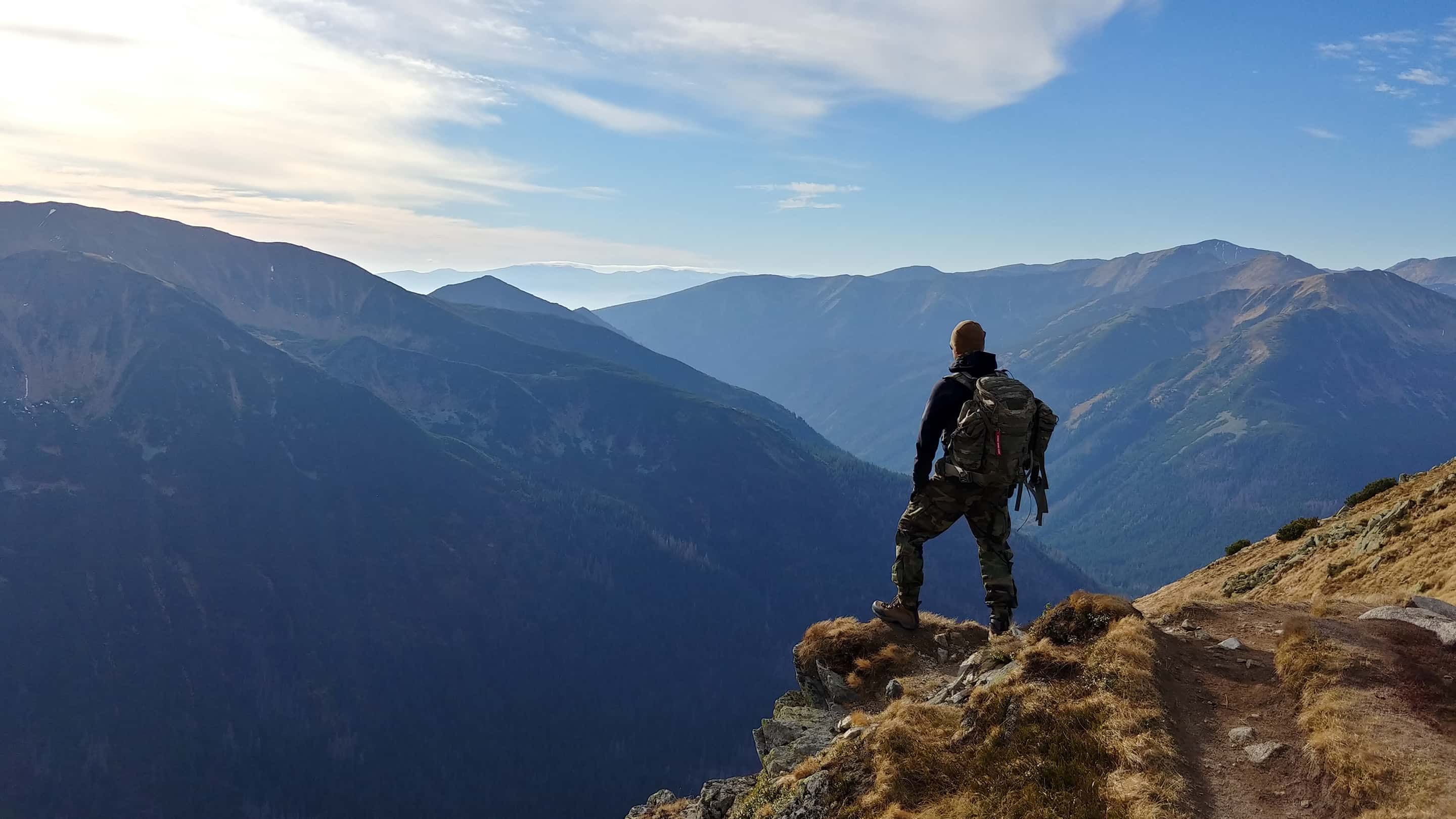
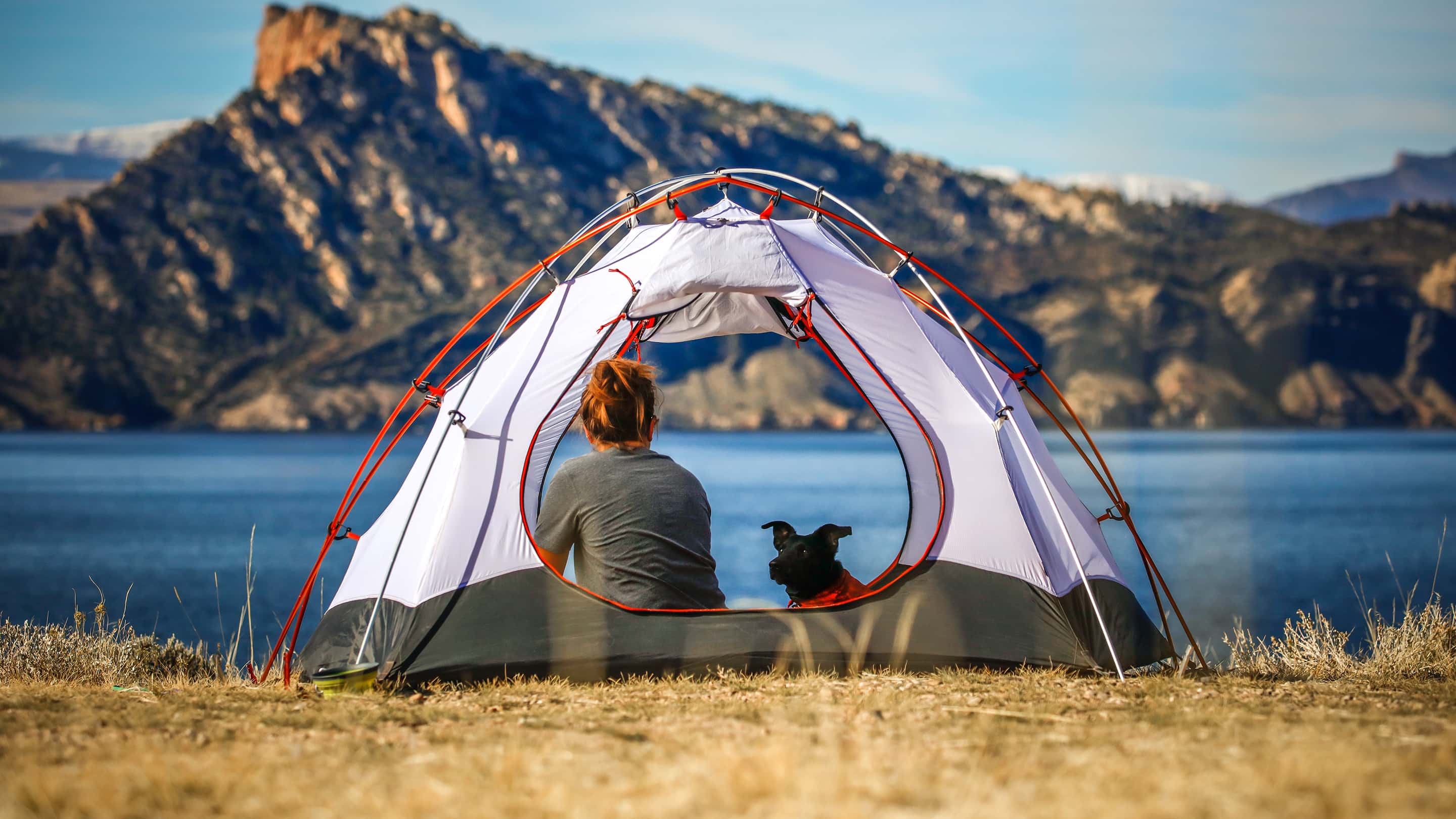
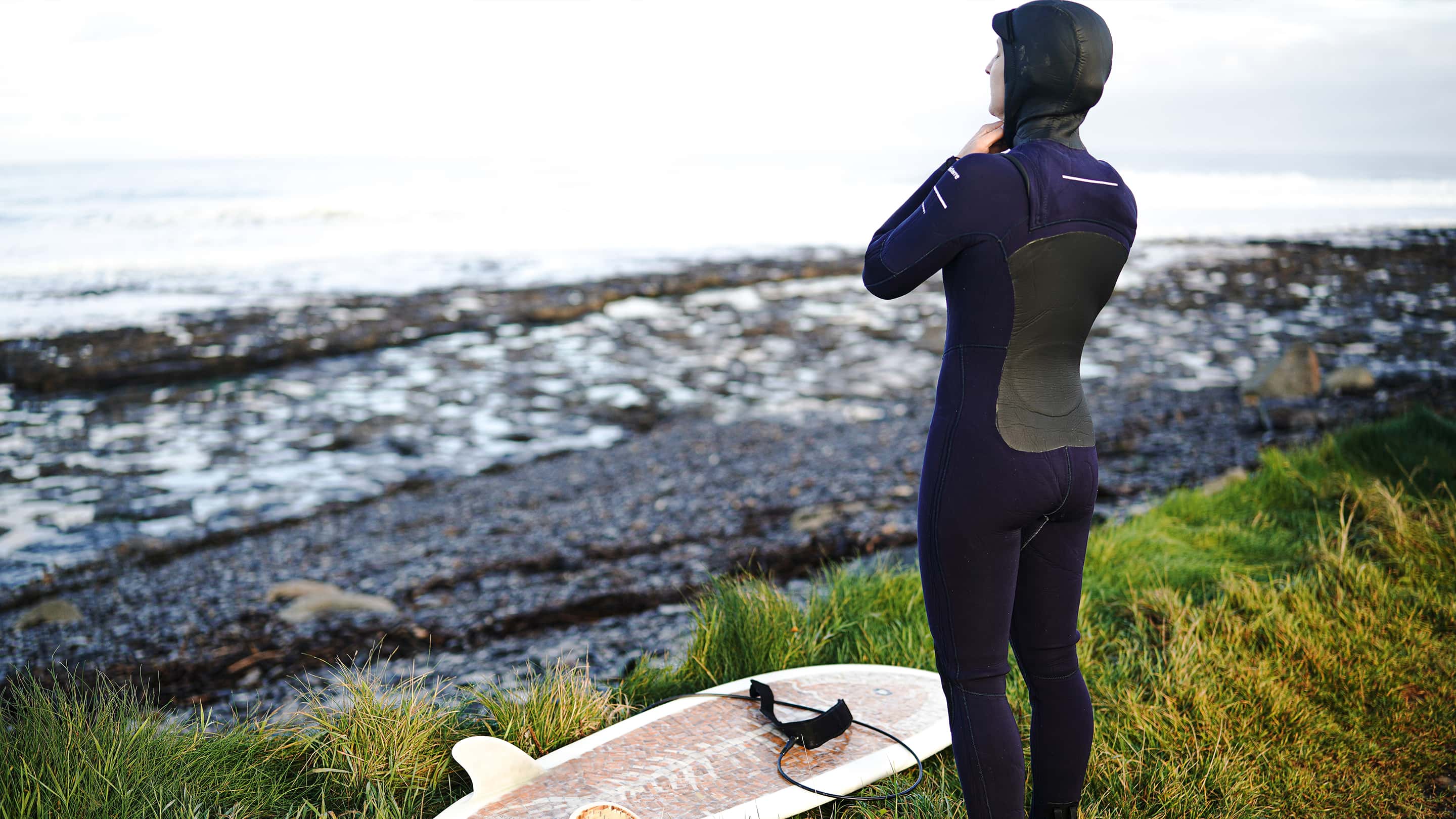
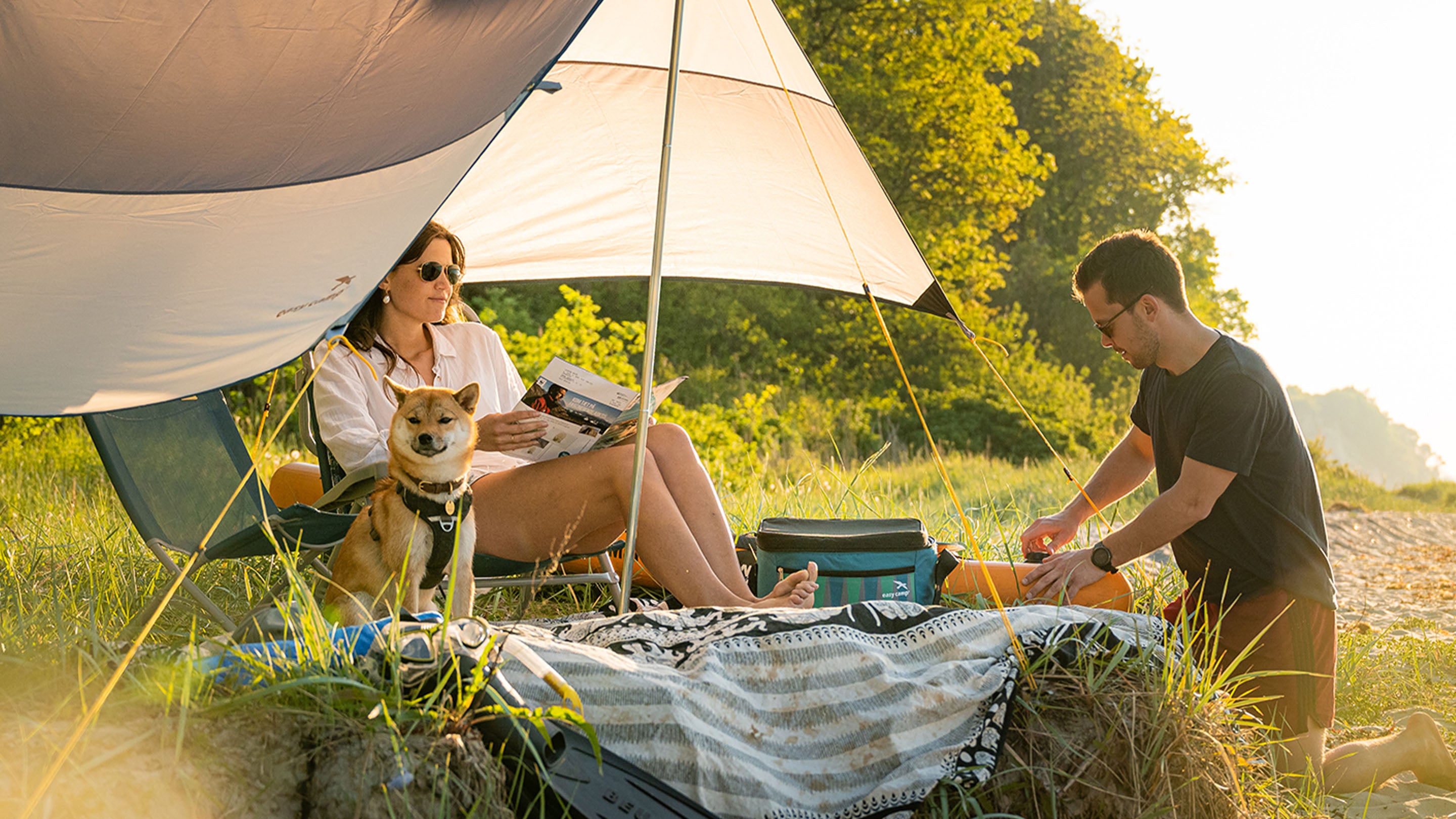
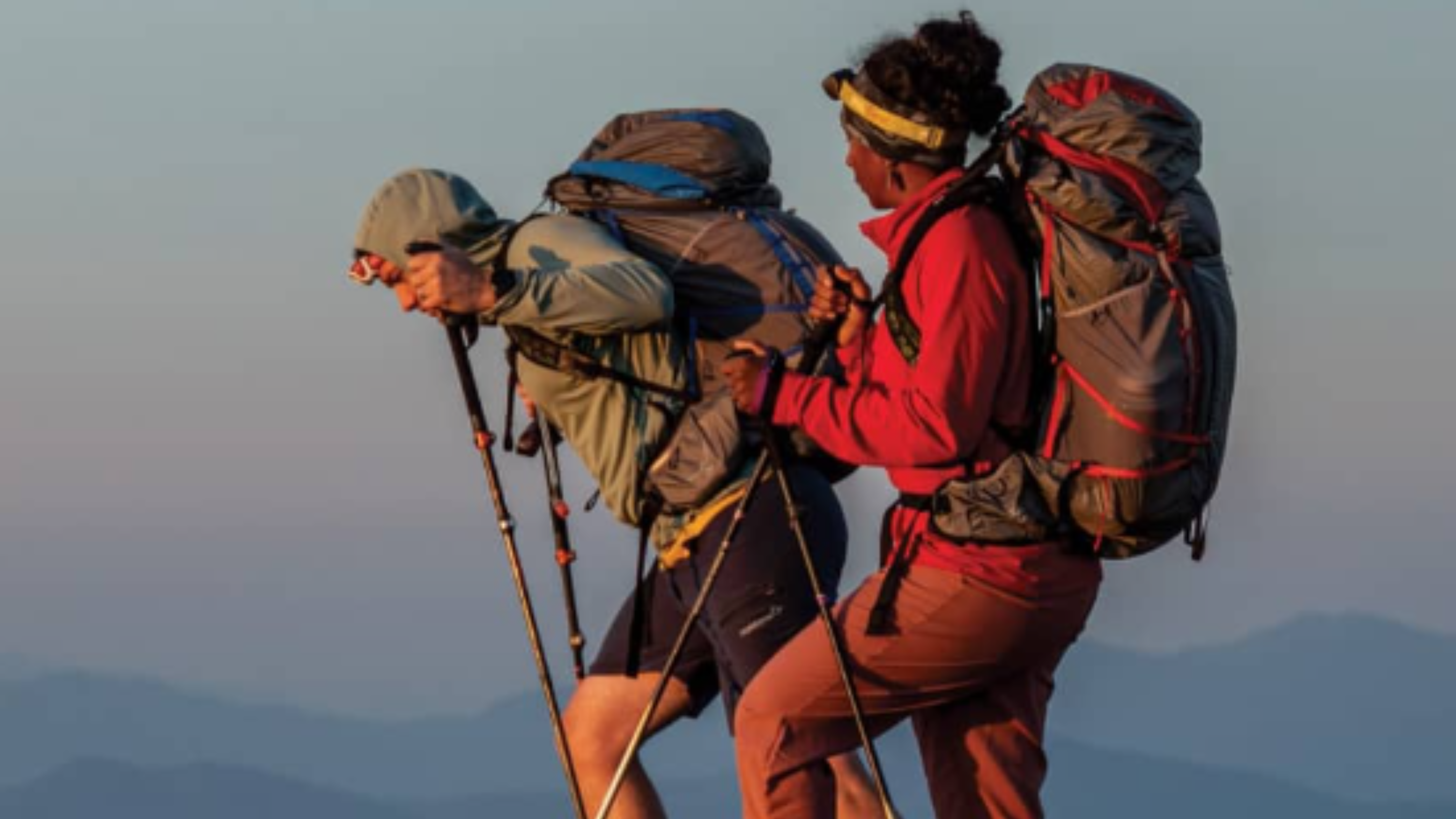
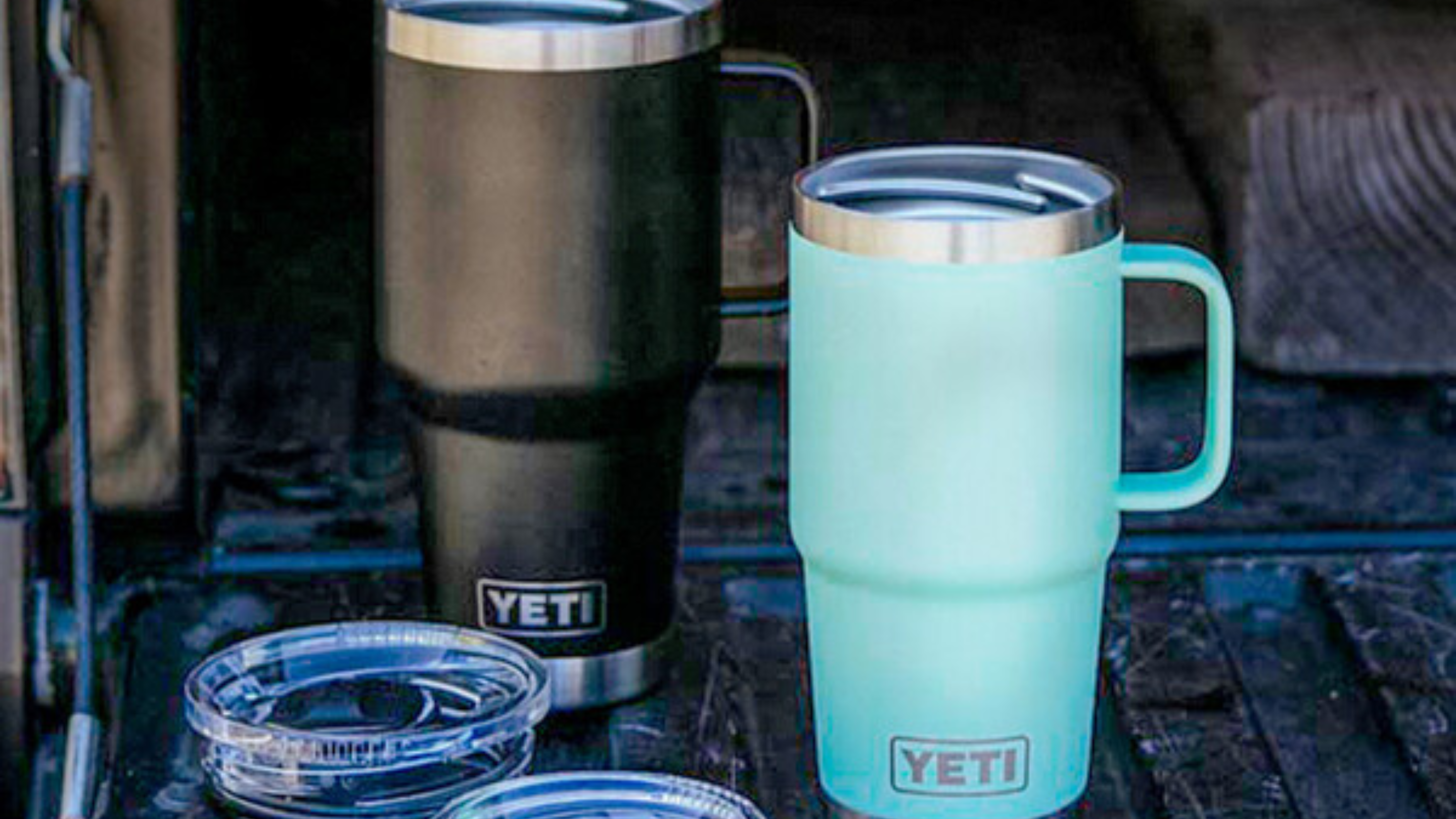

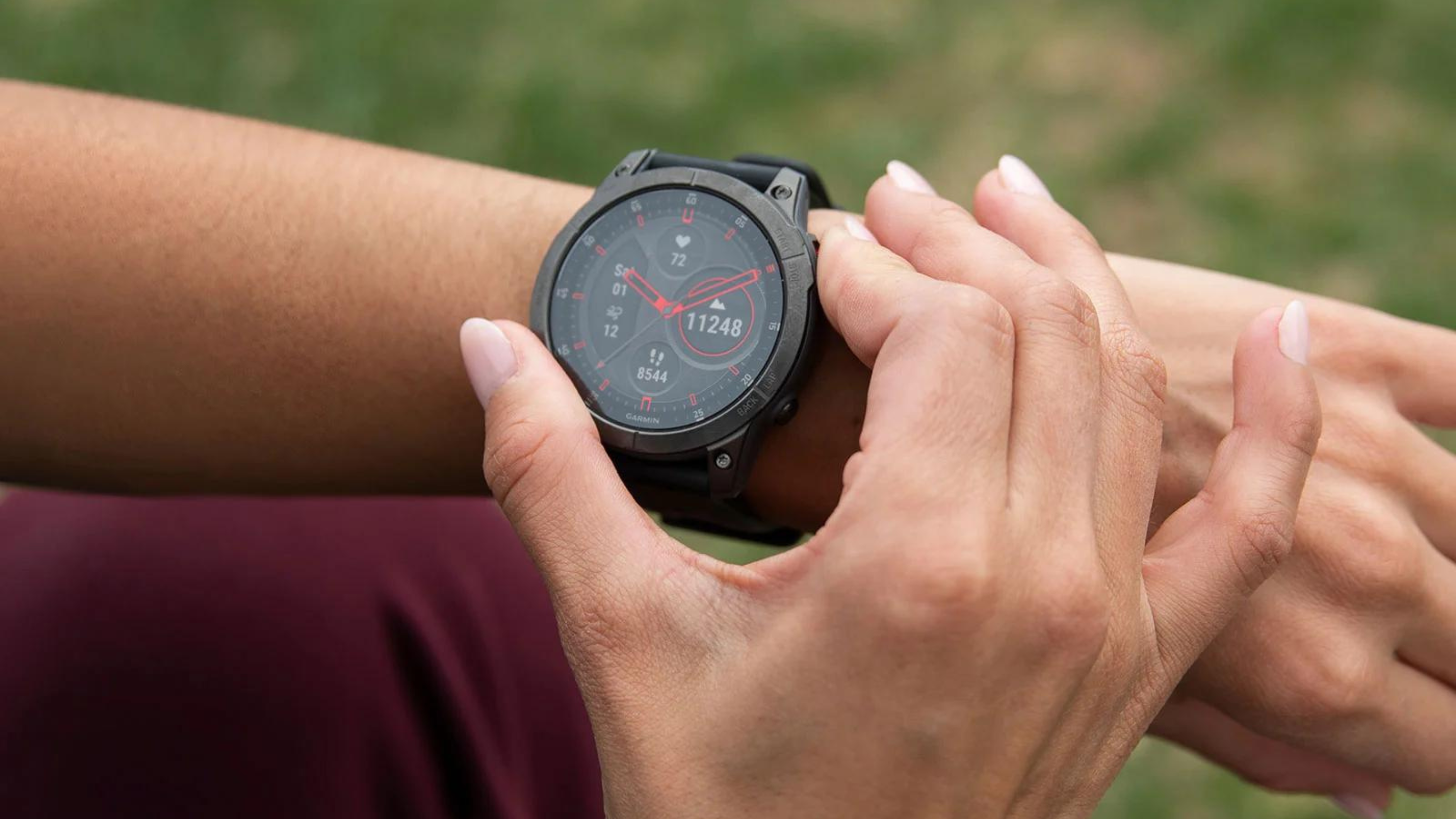
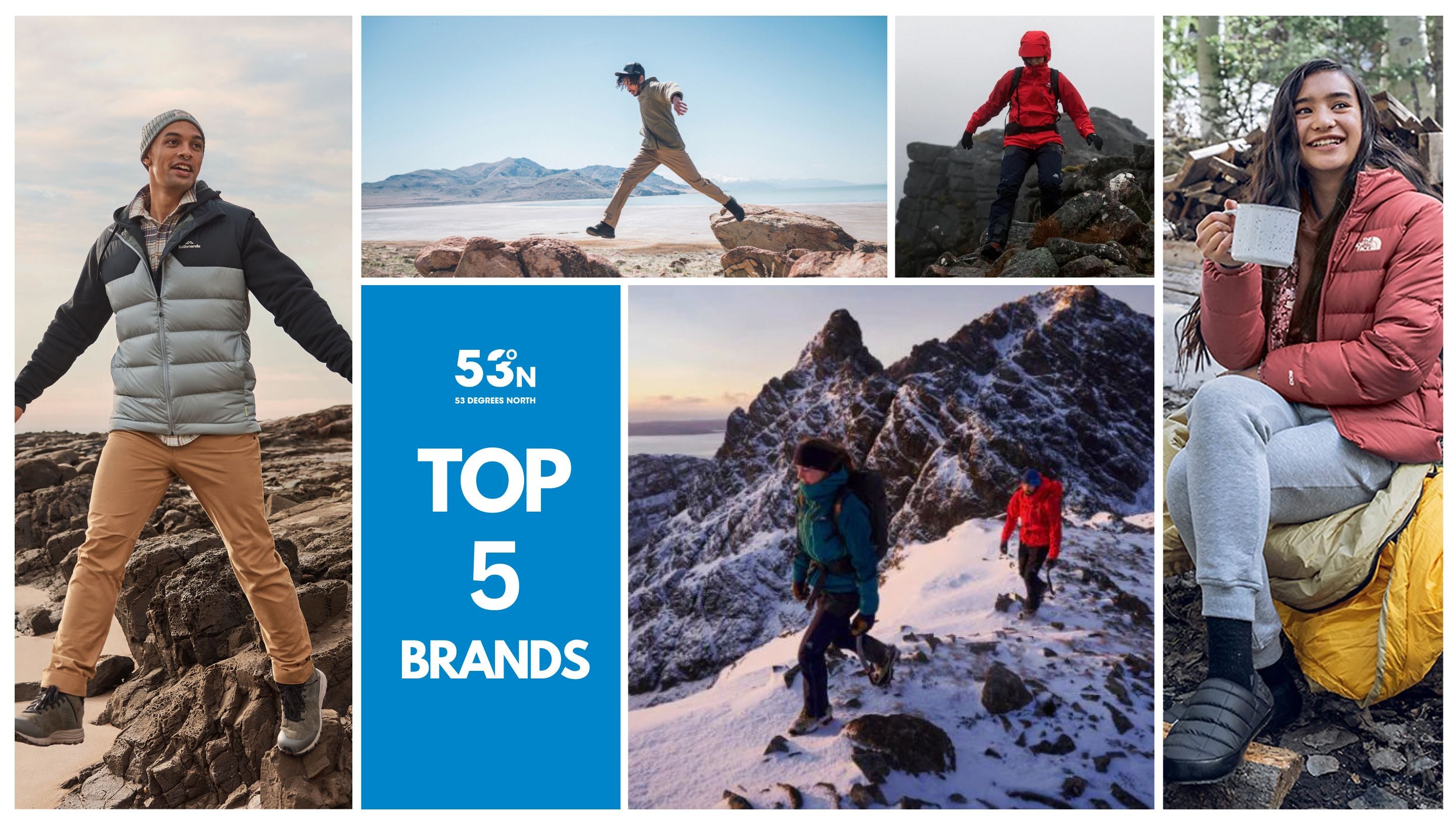
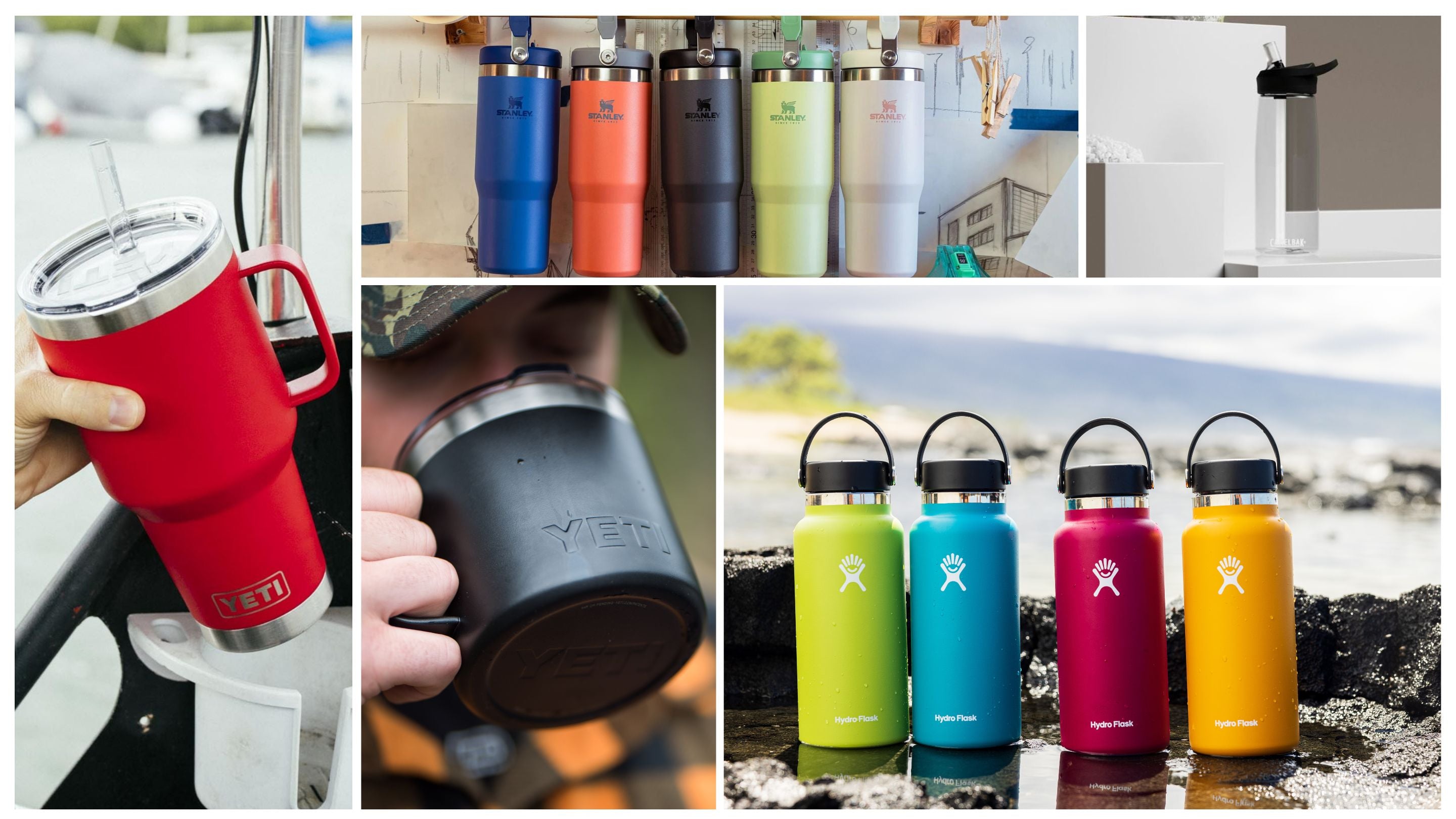
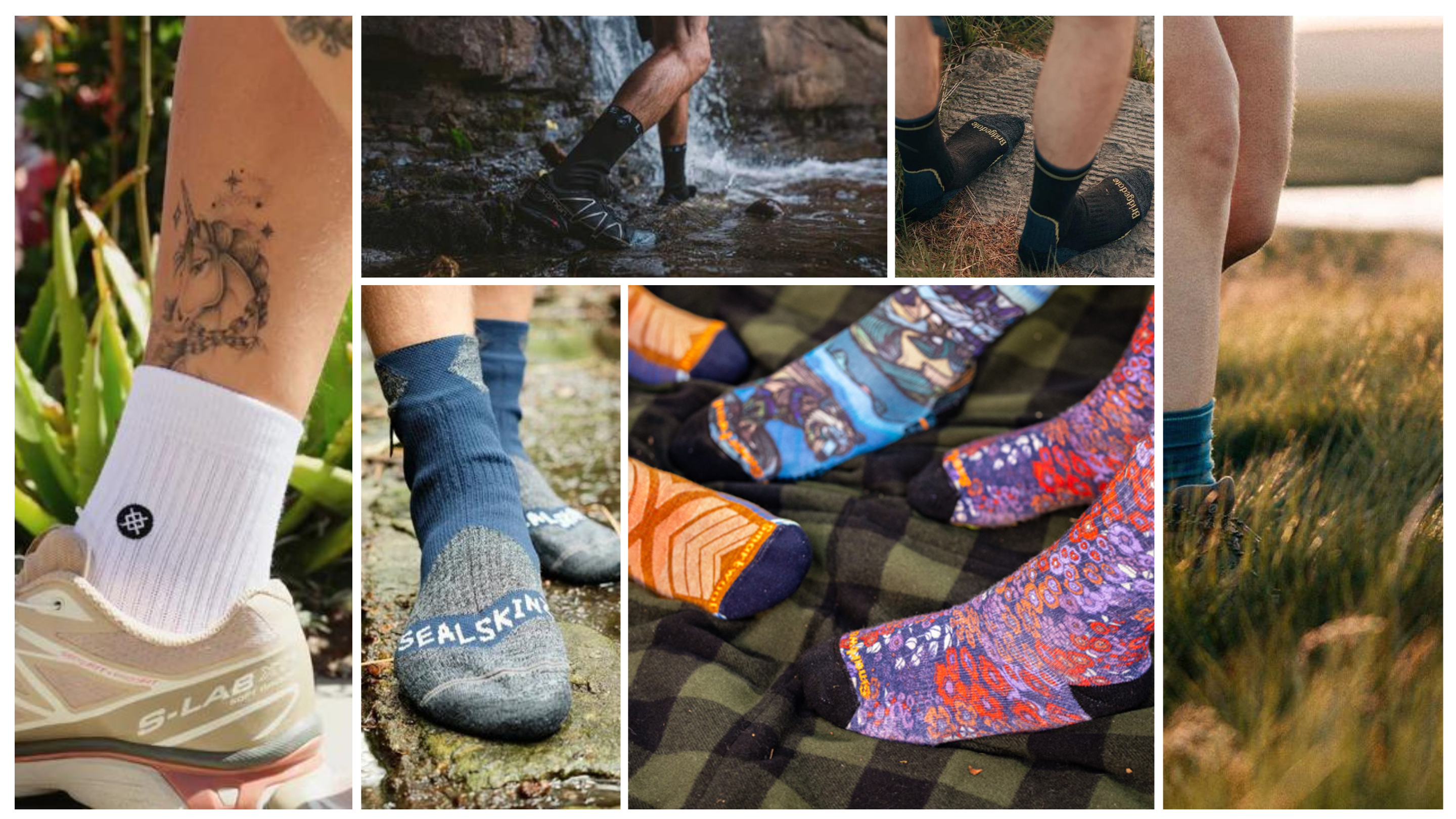
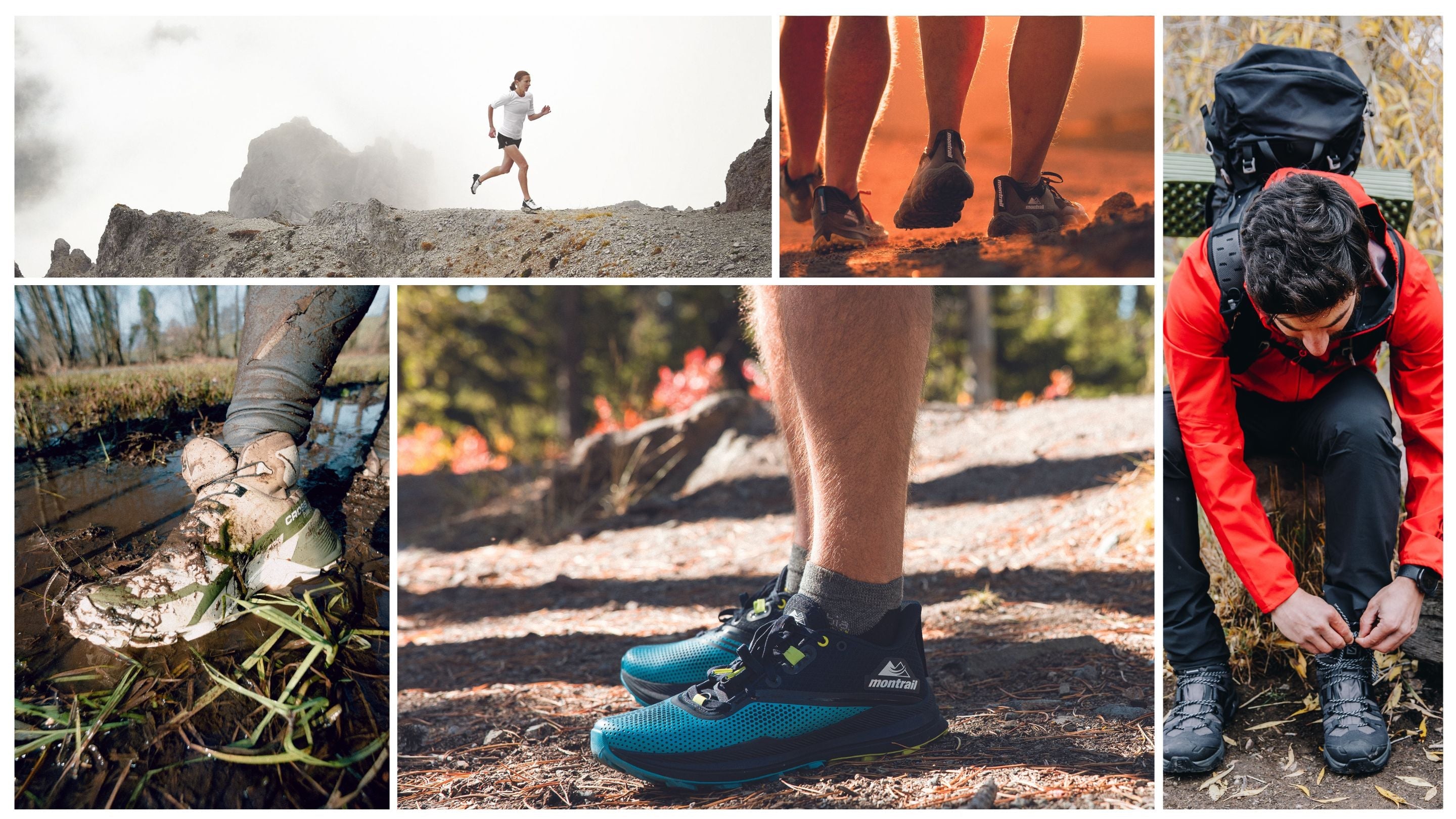
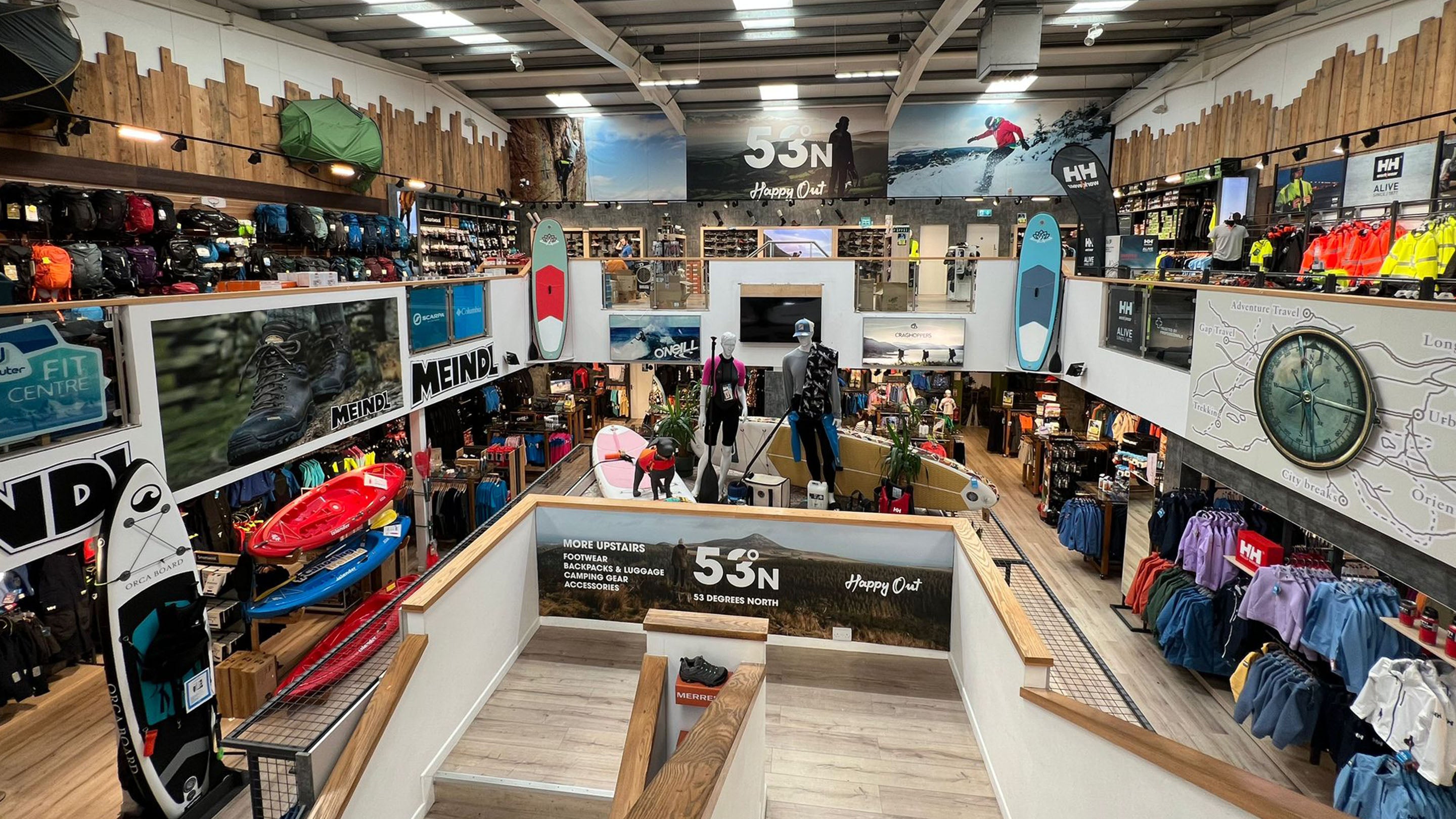
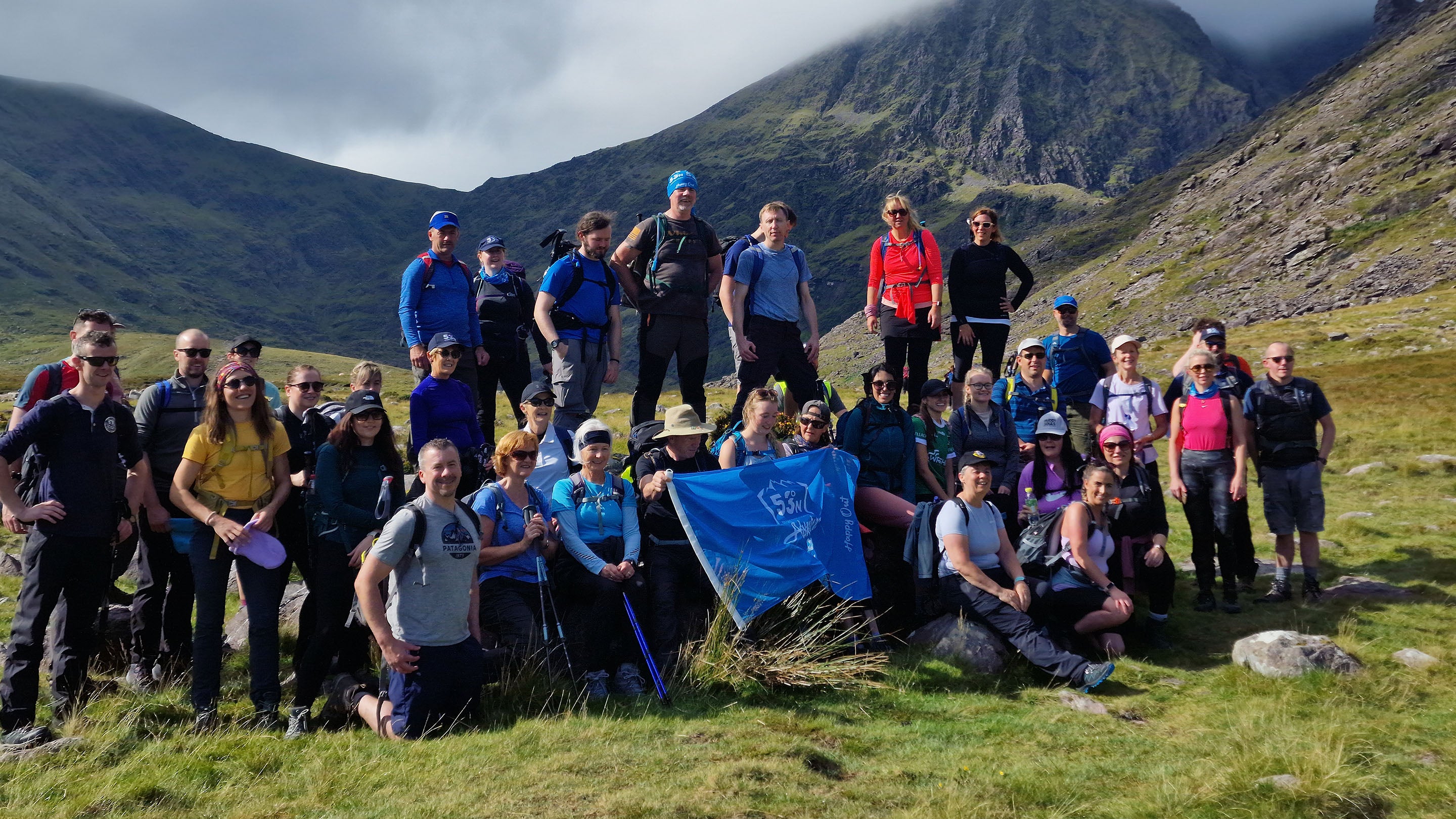
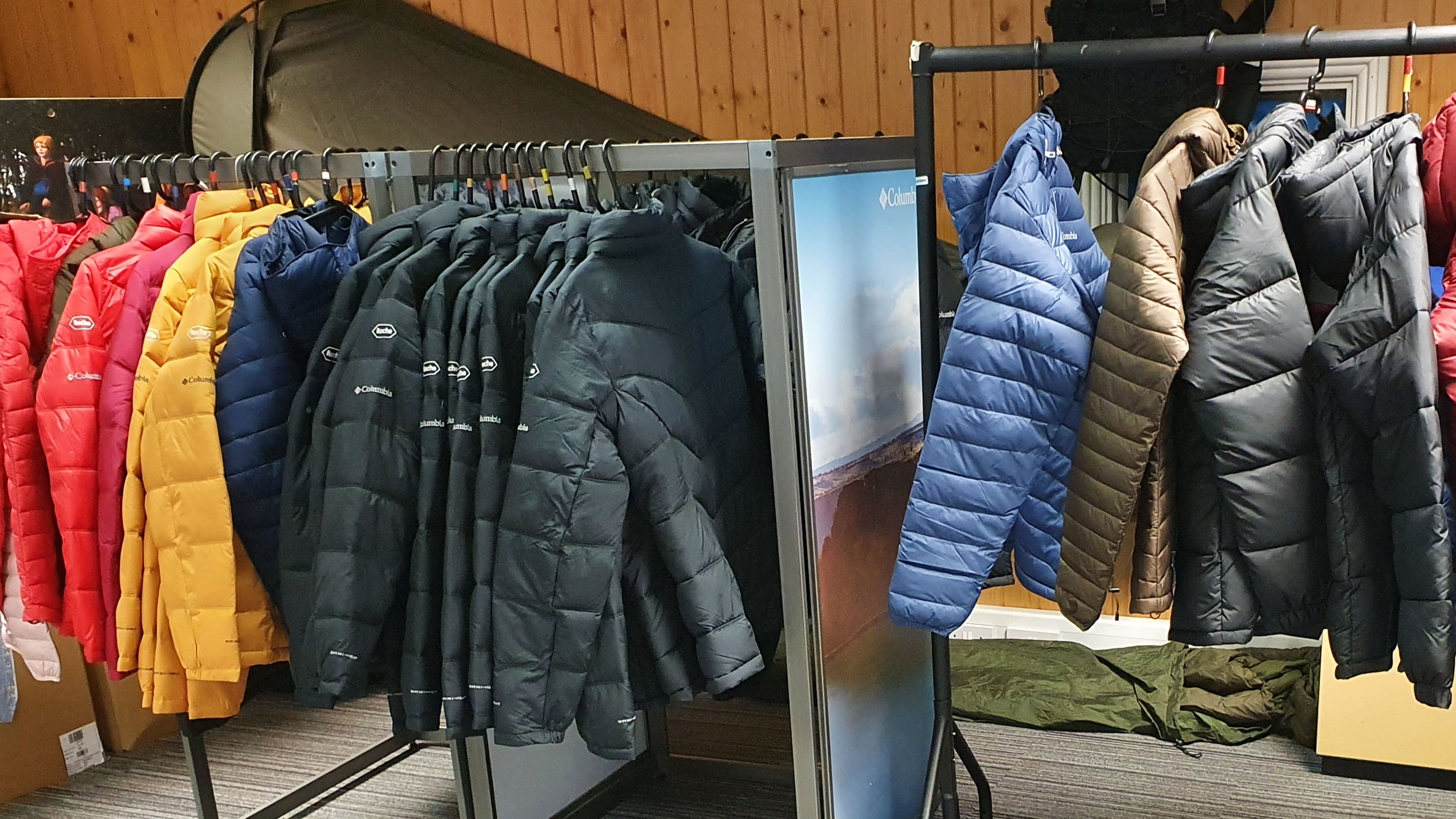

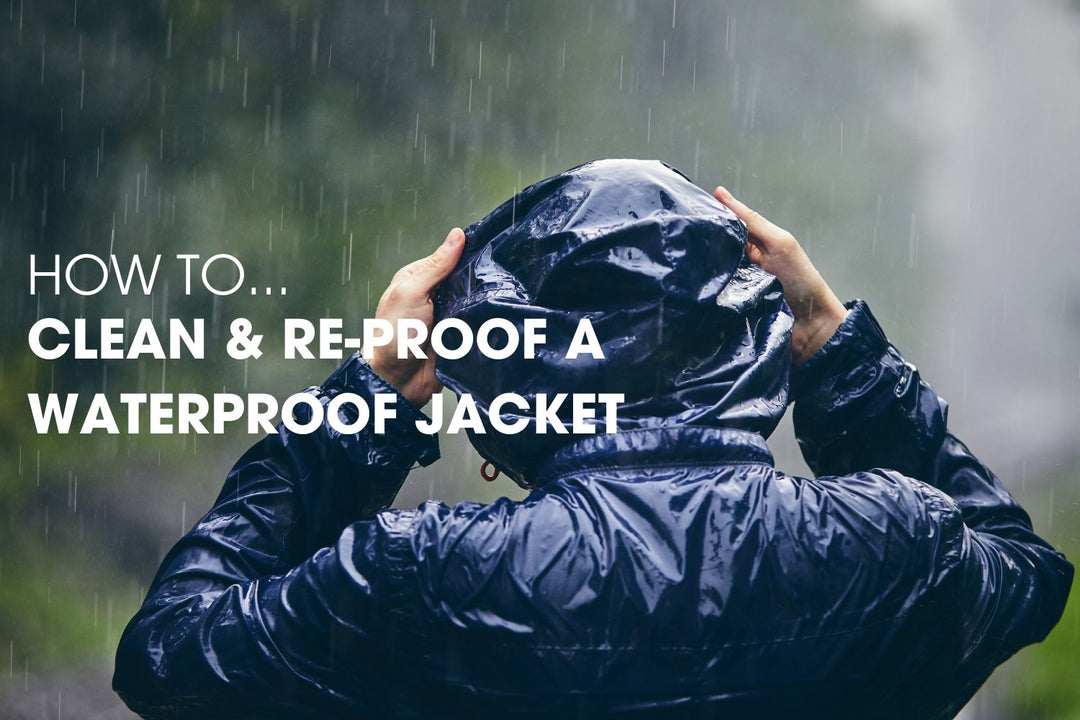
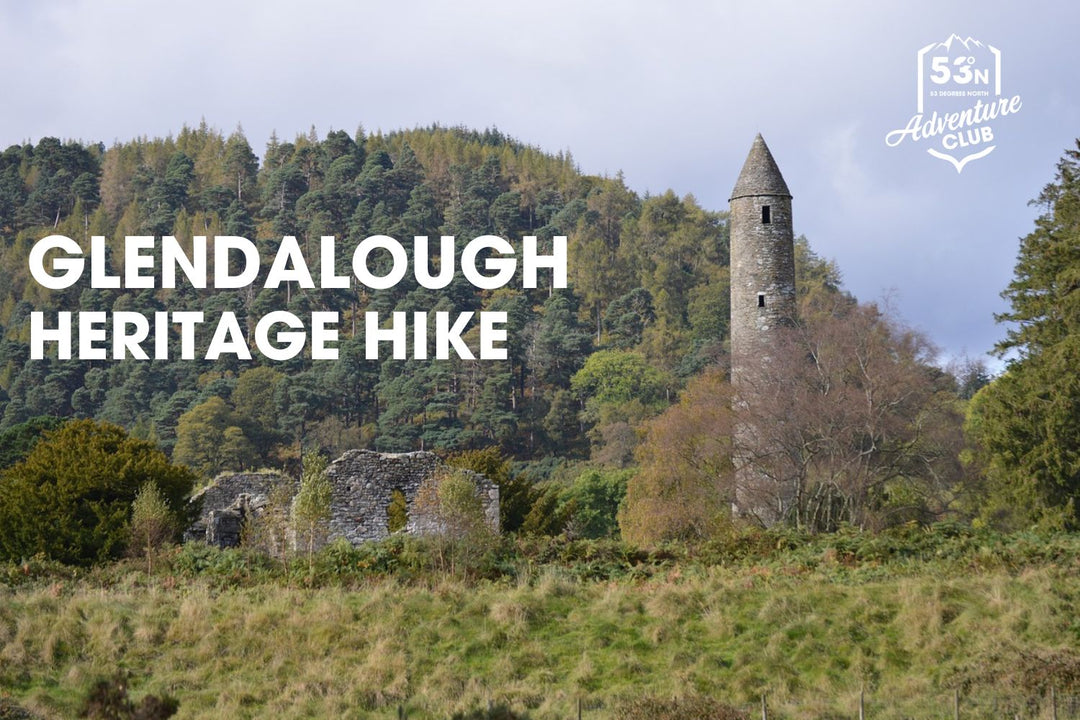
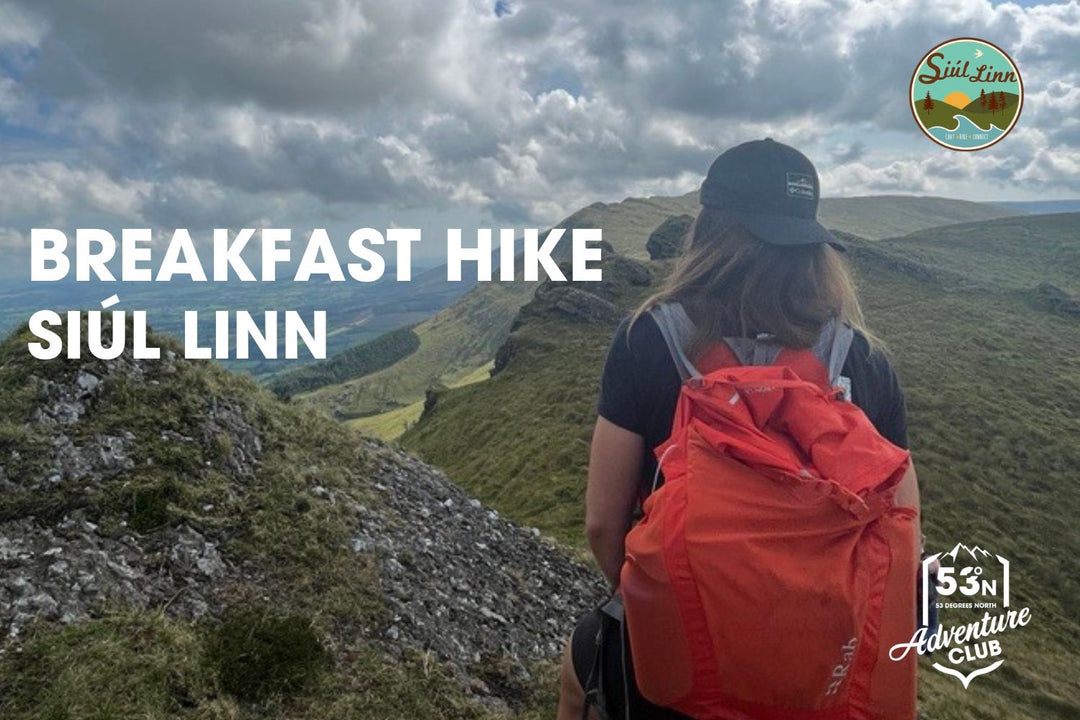
Leave a comment